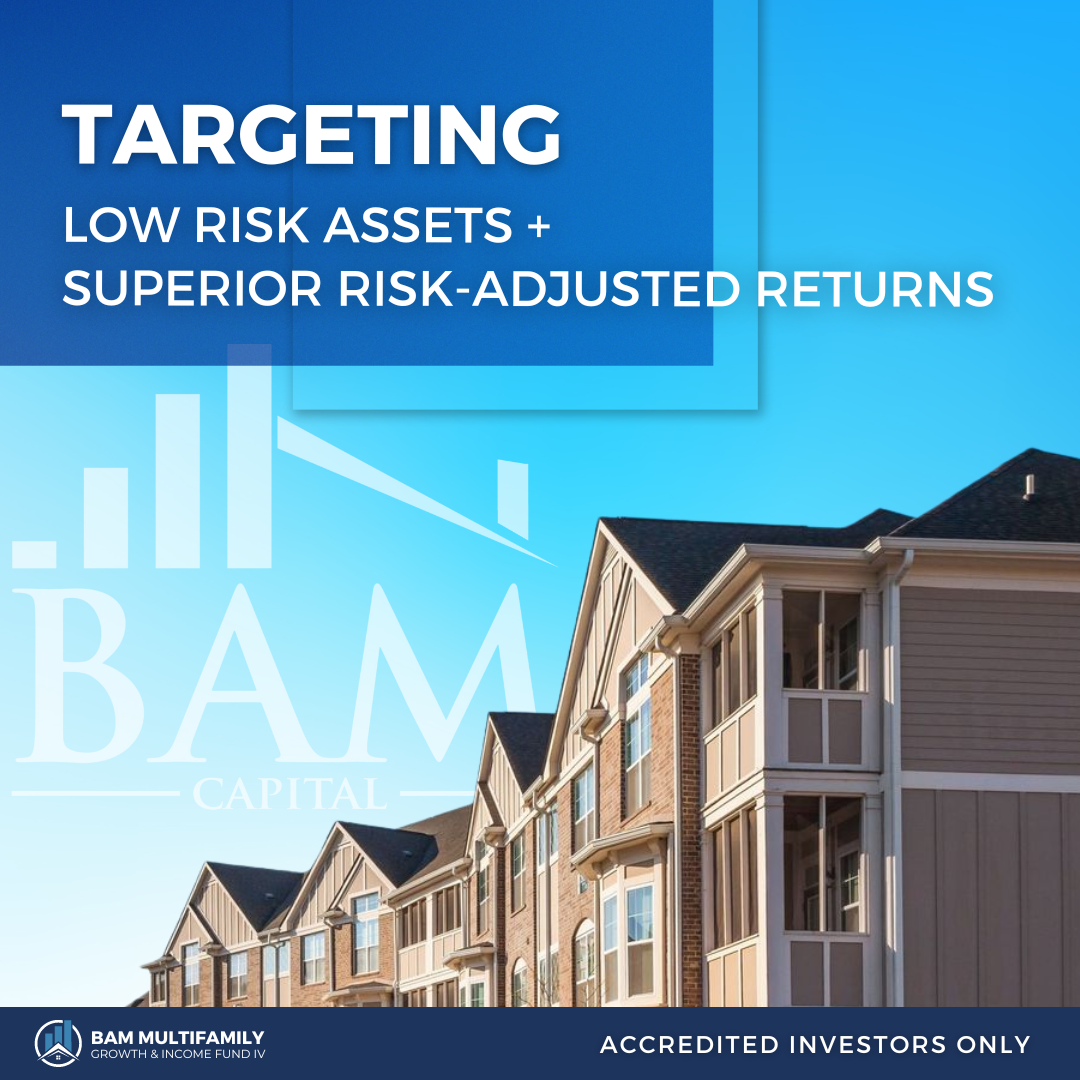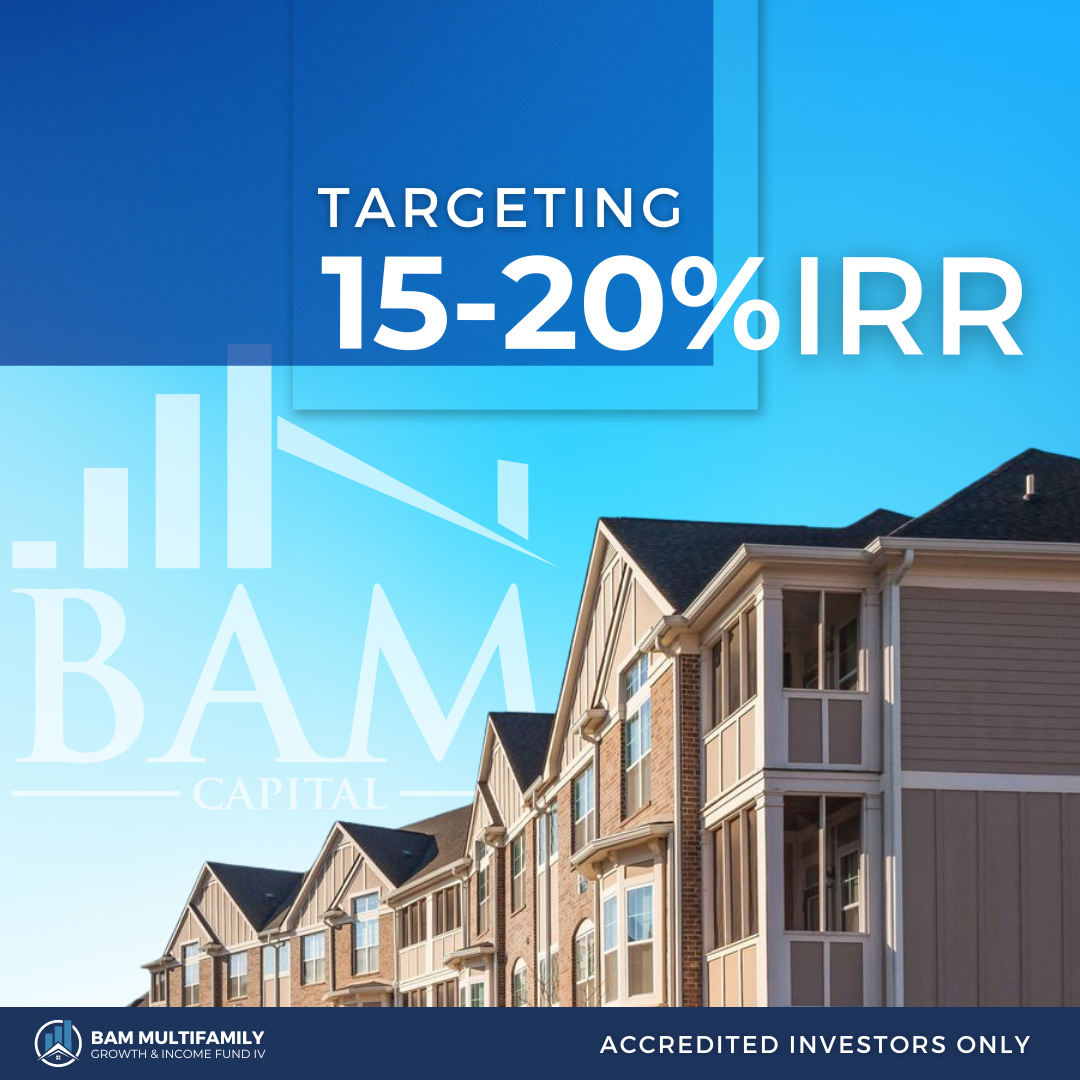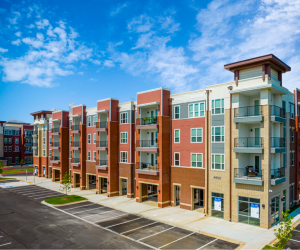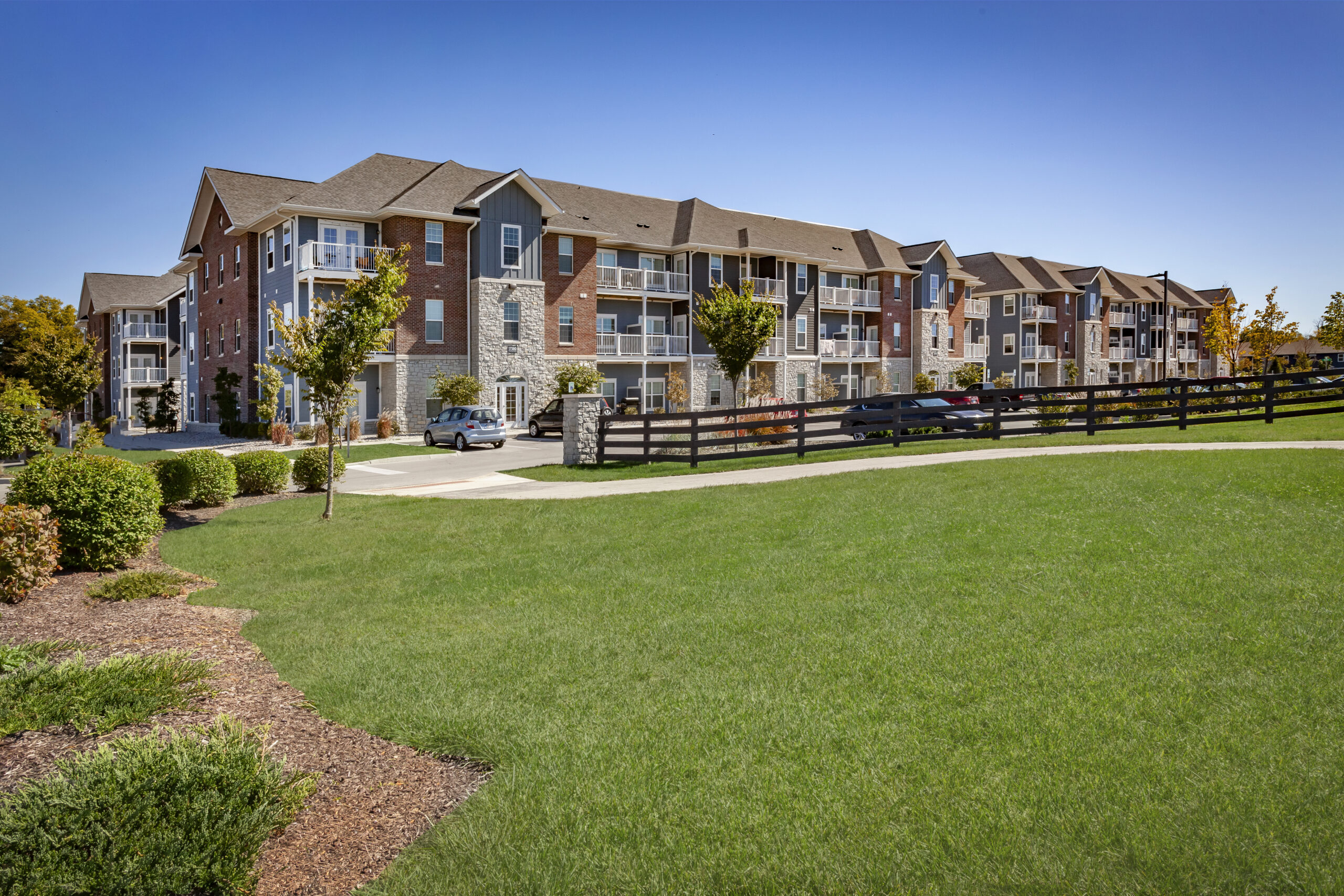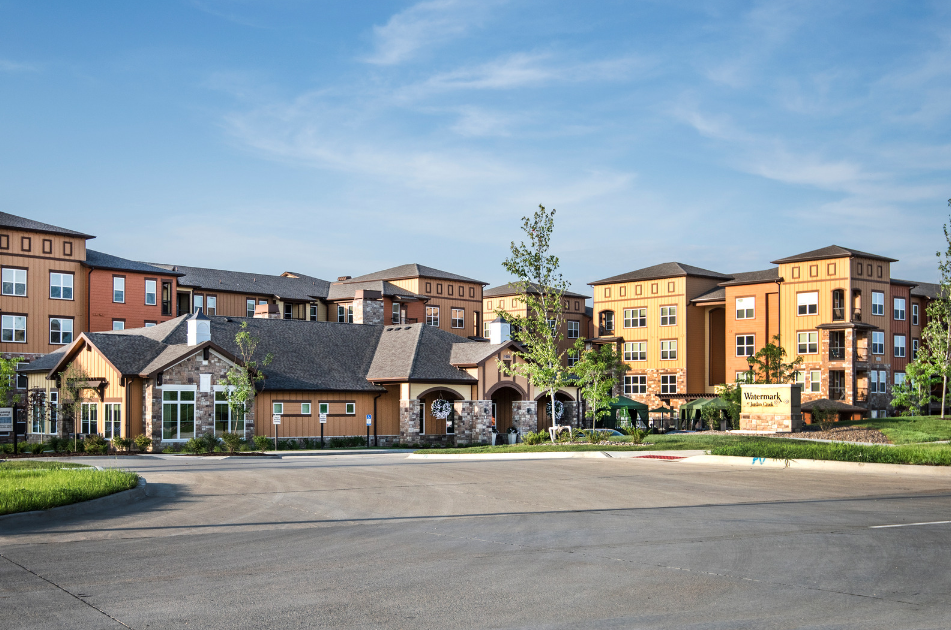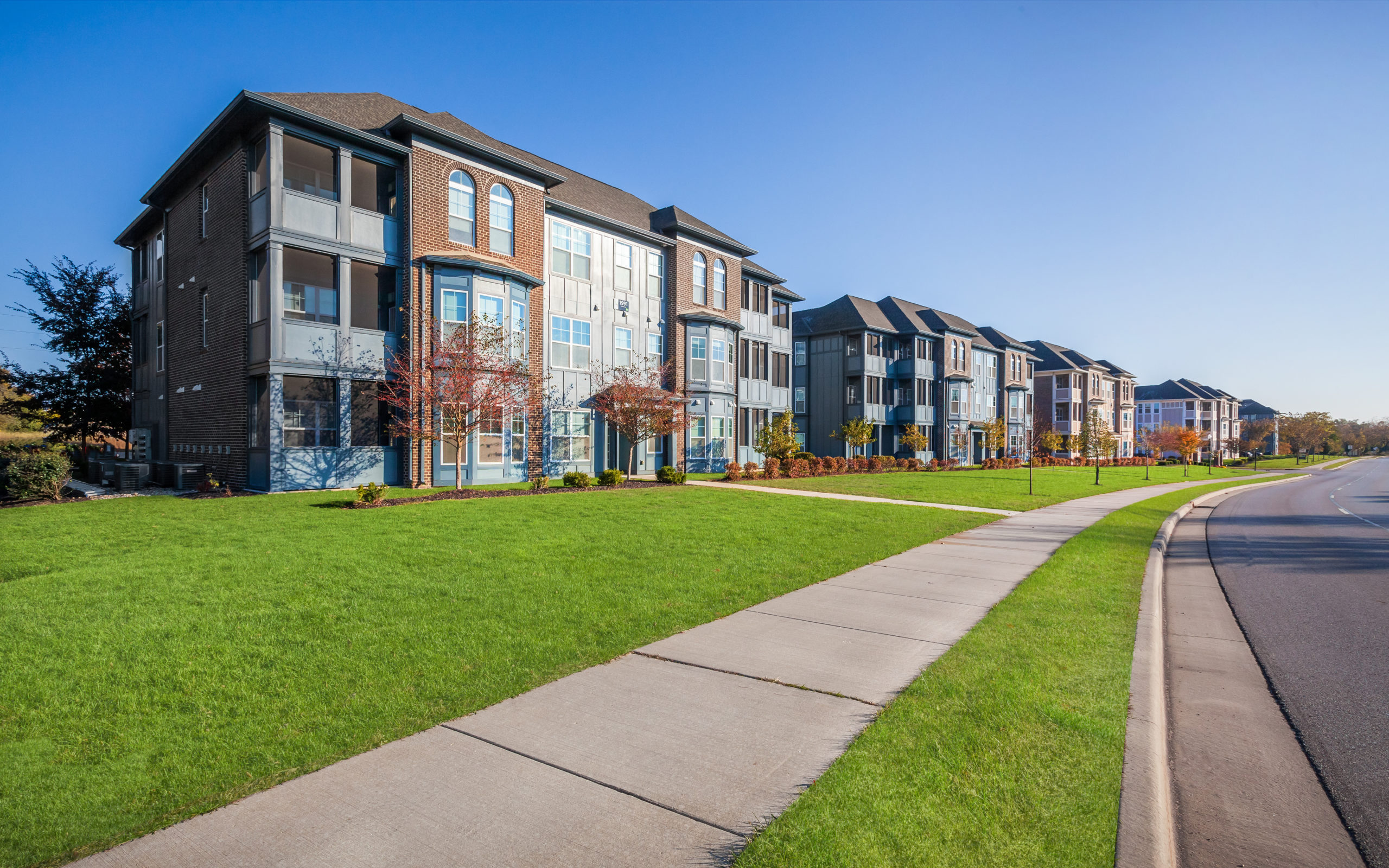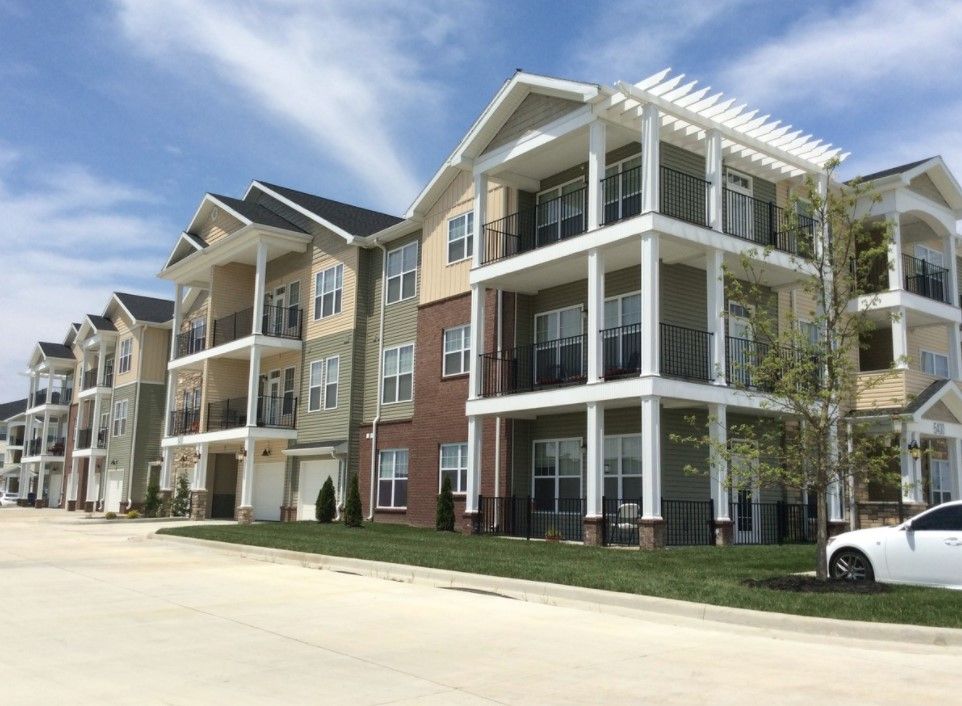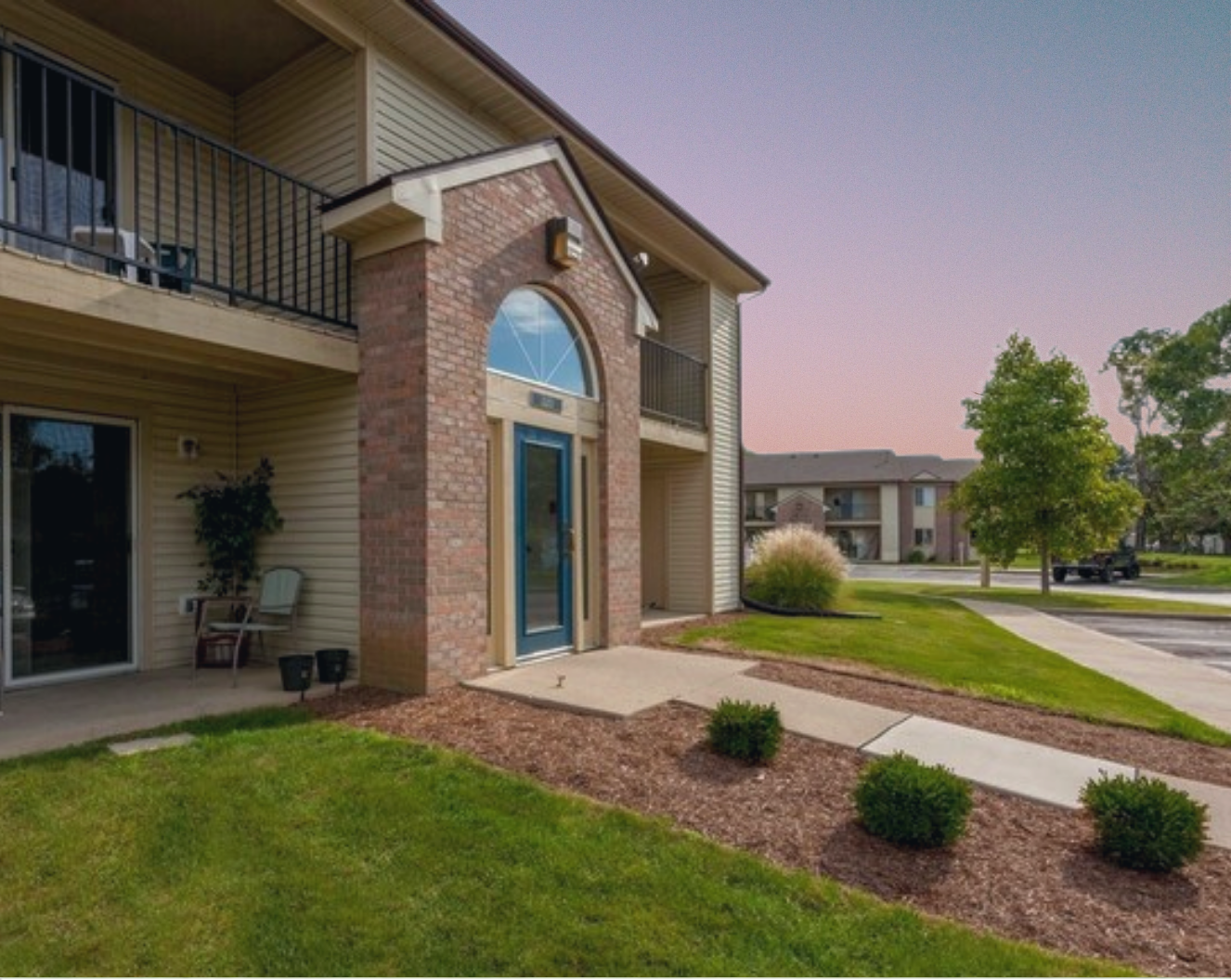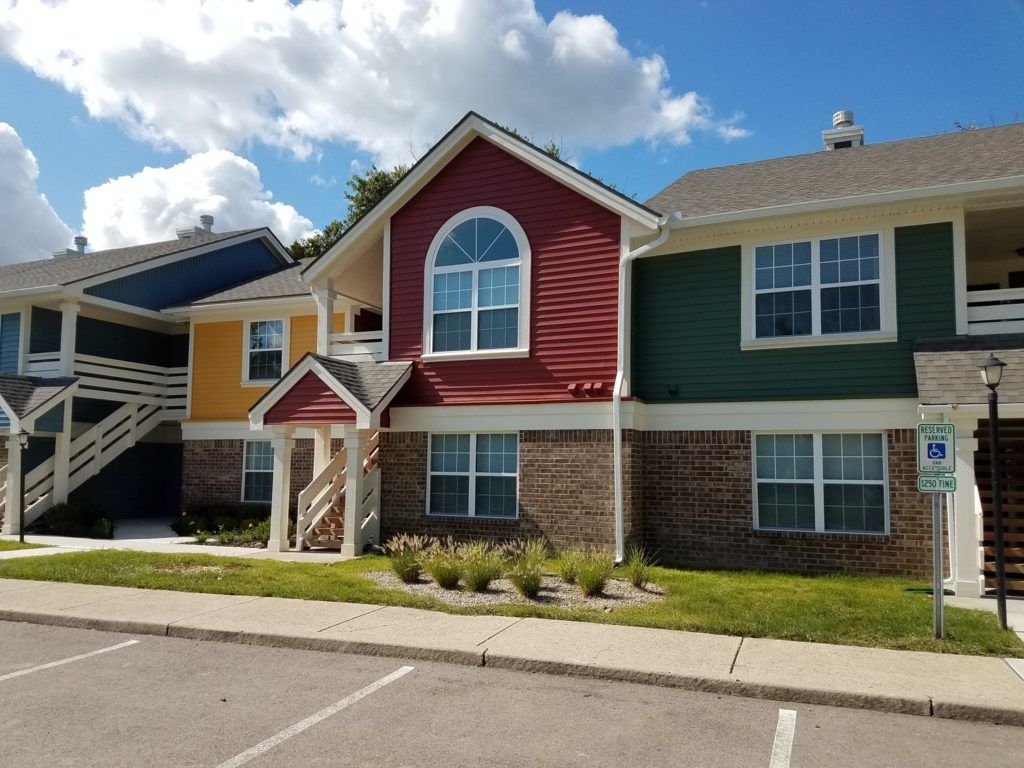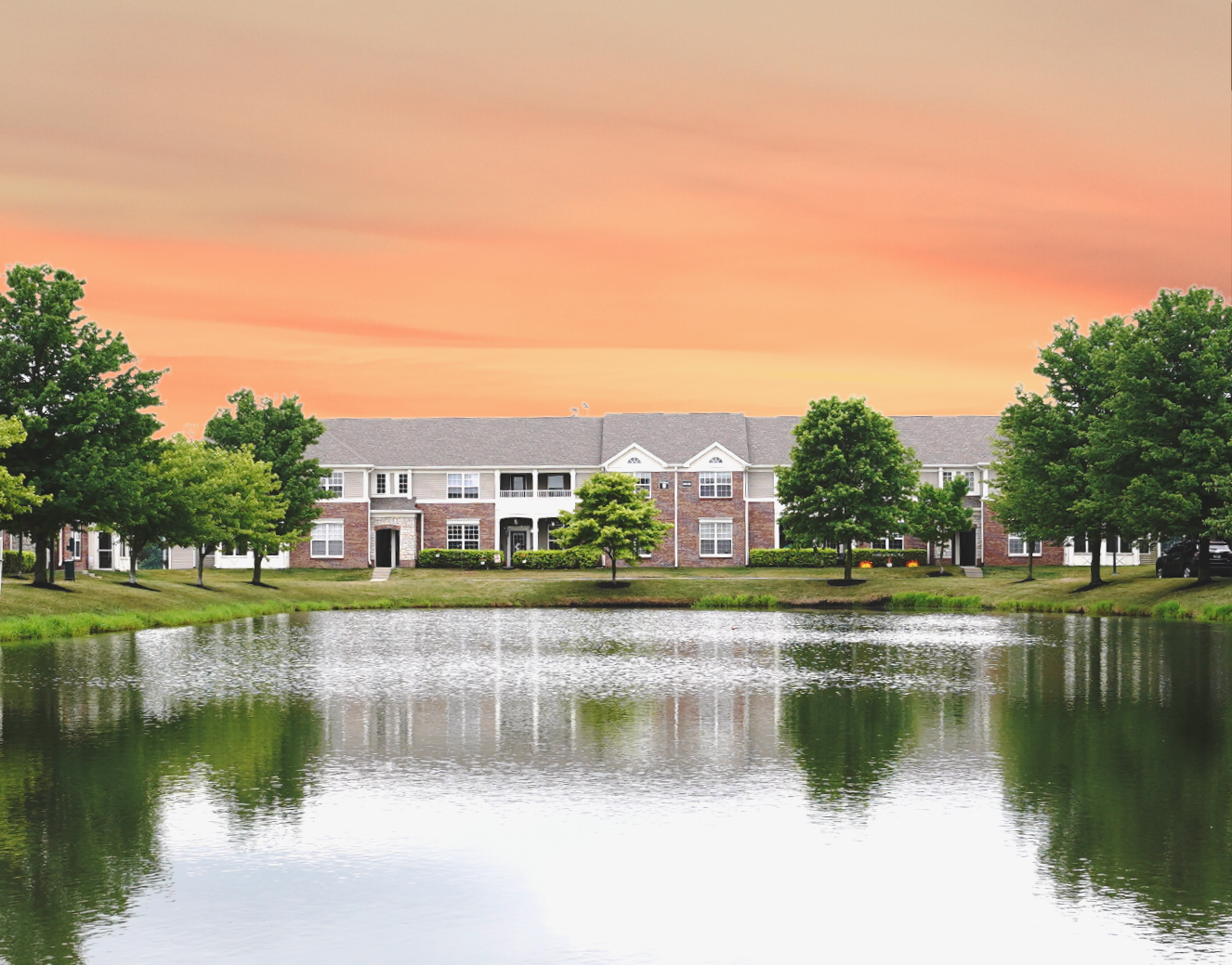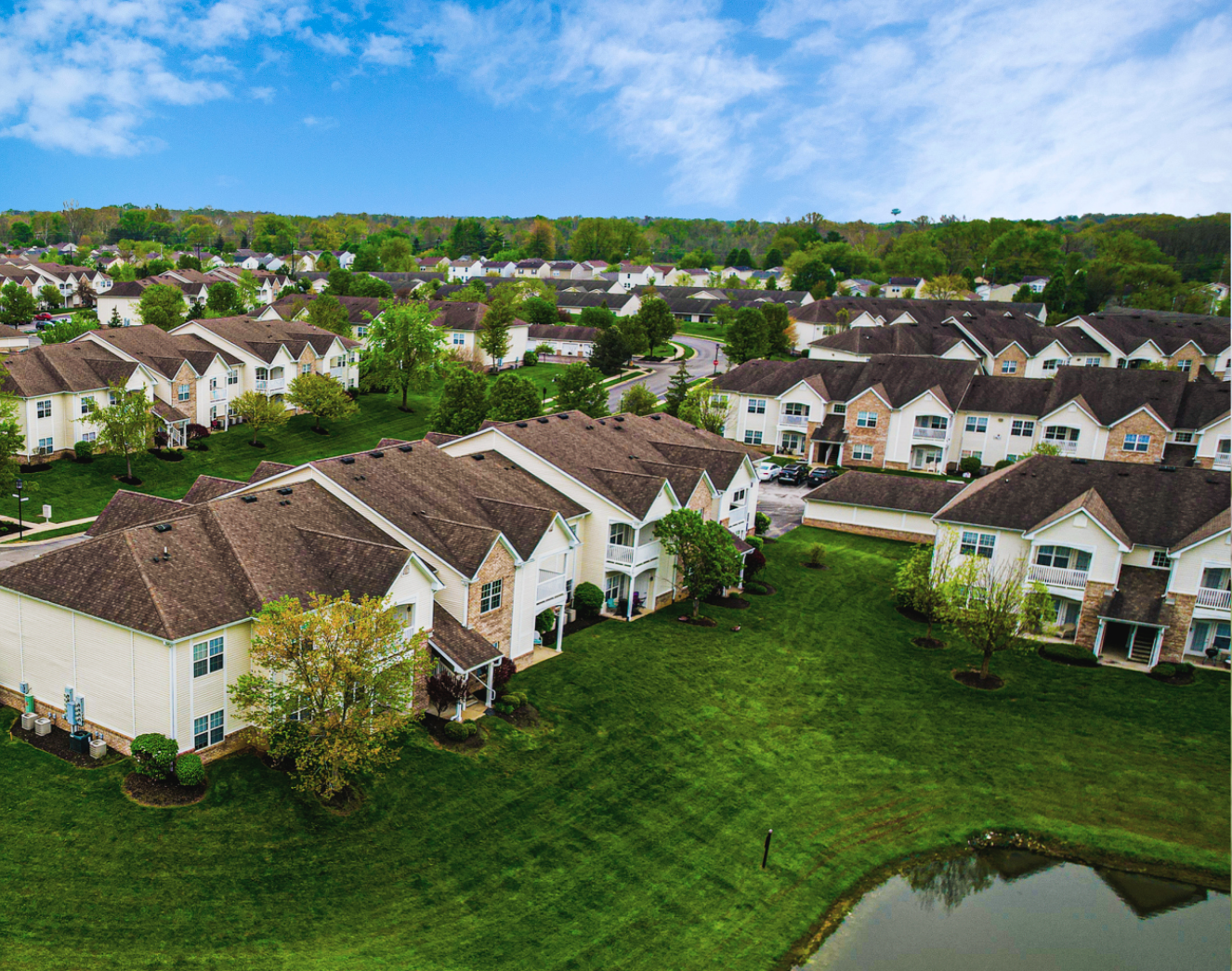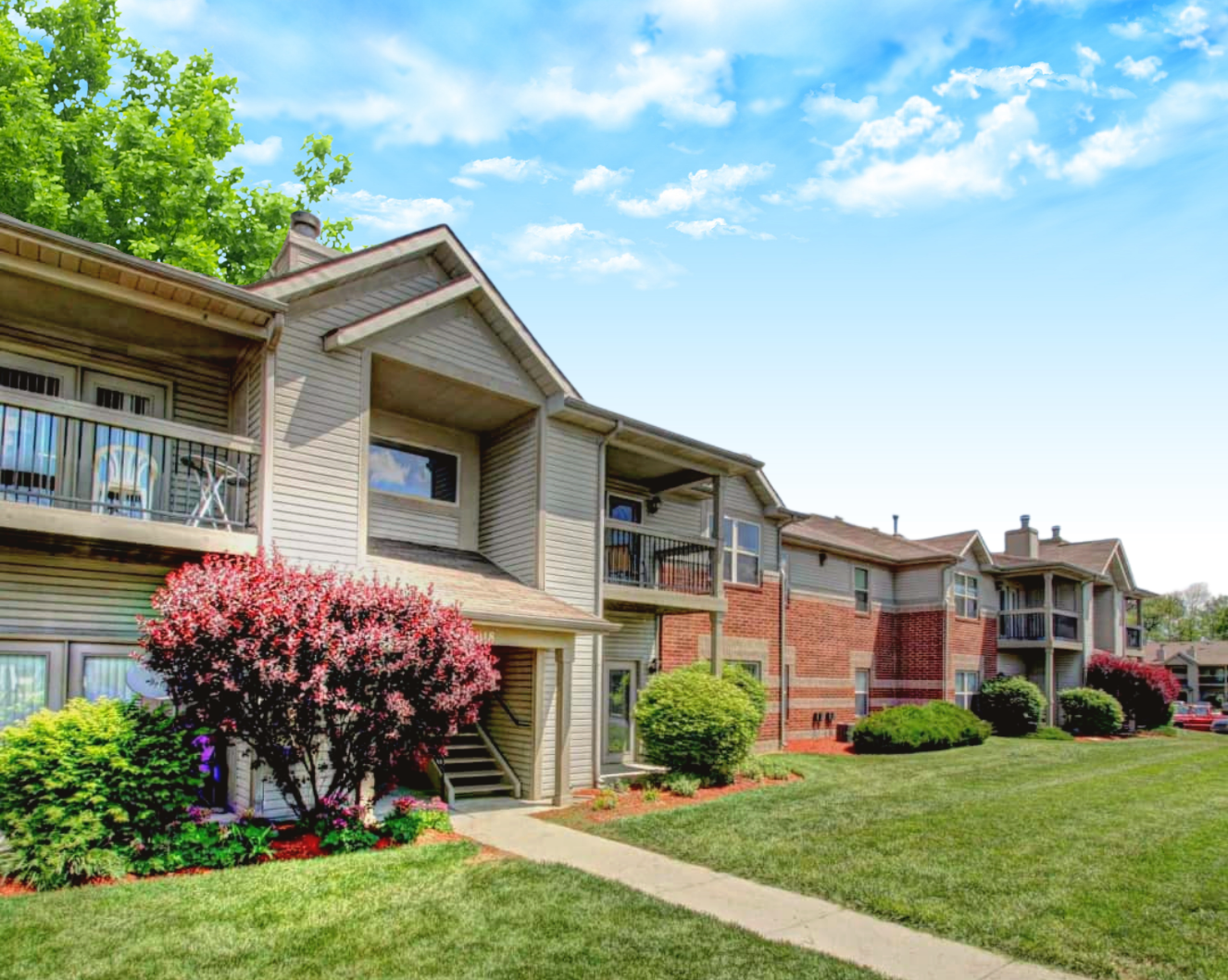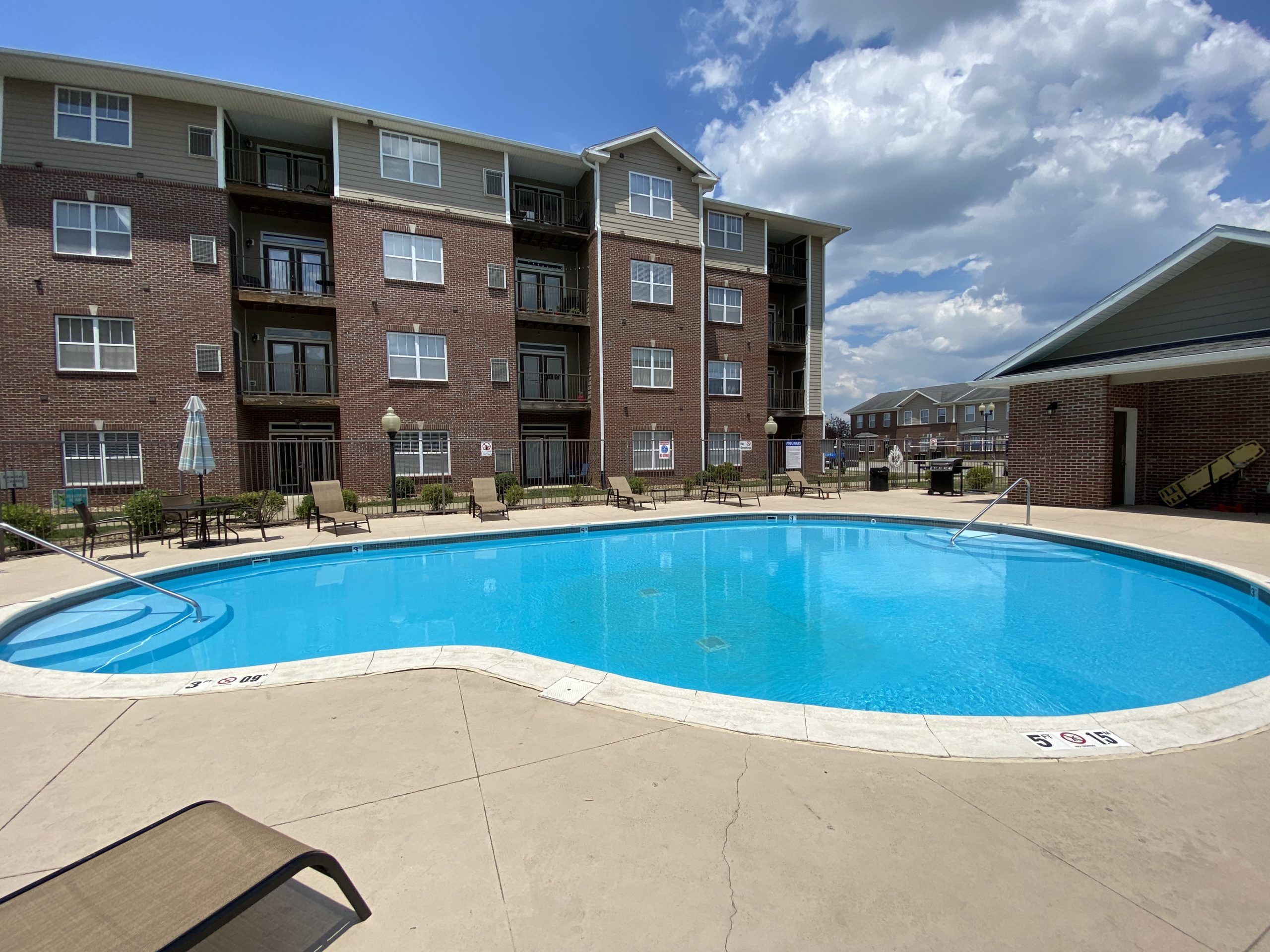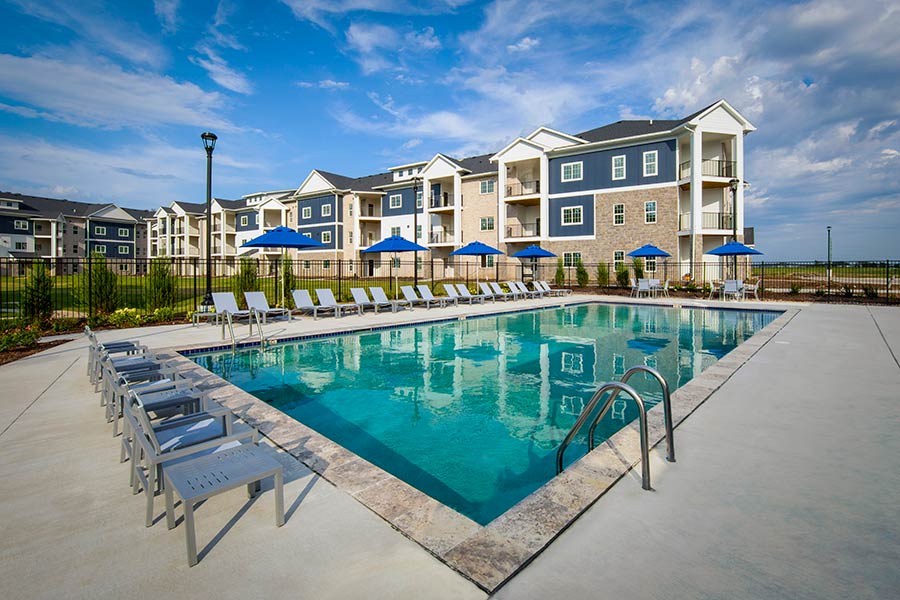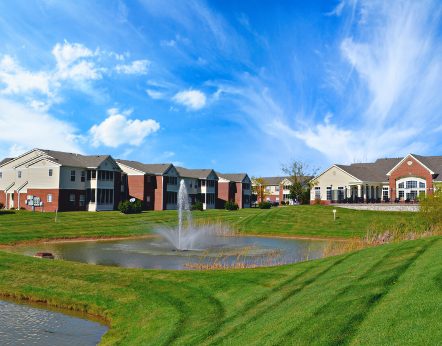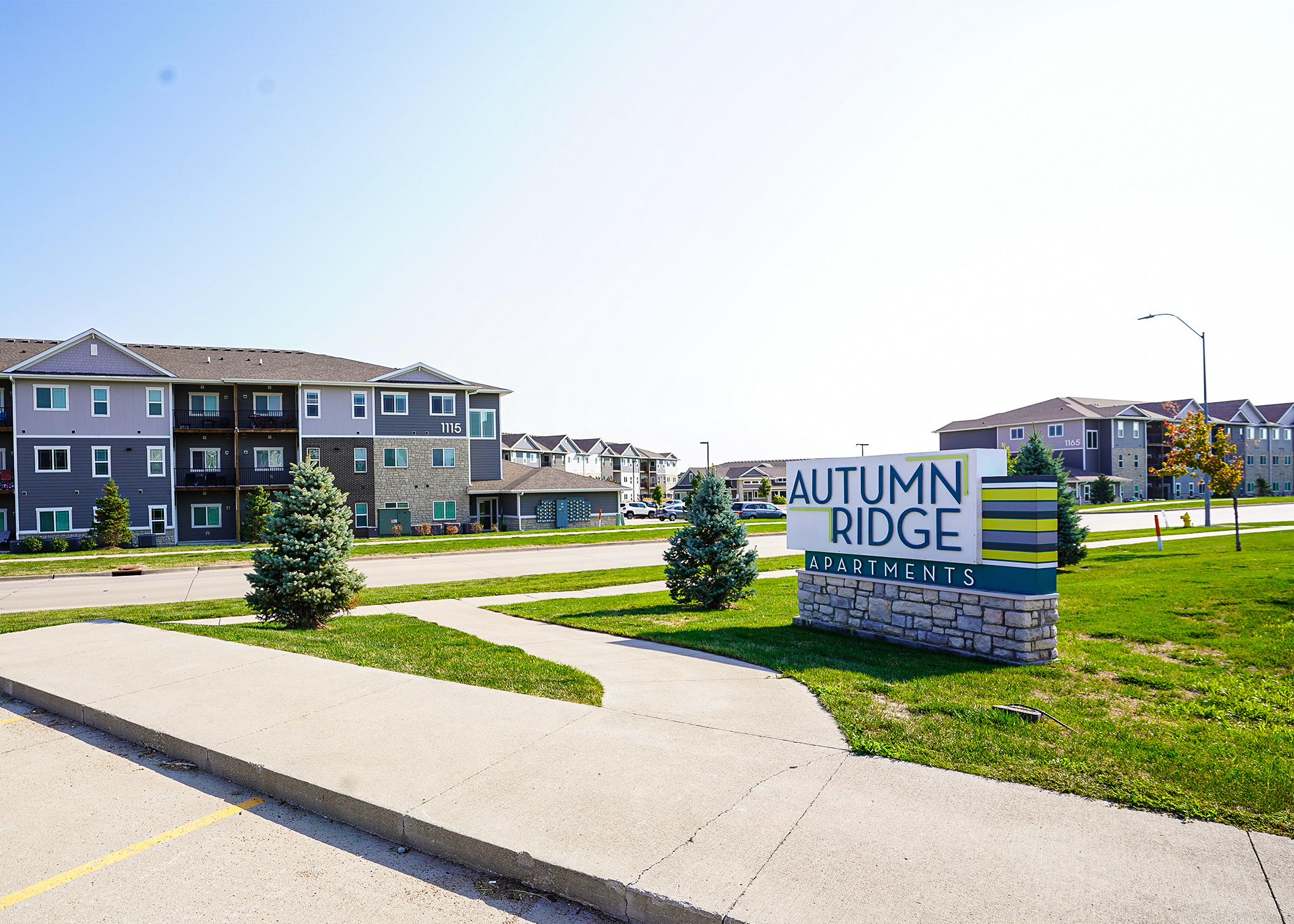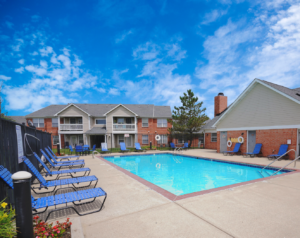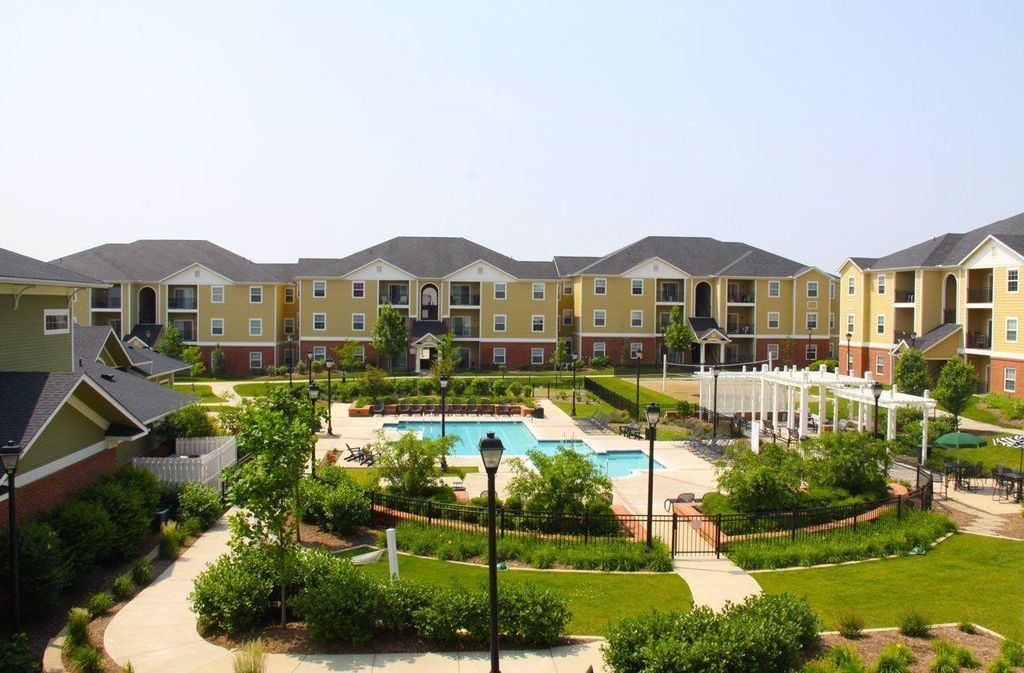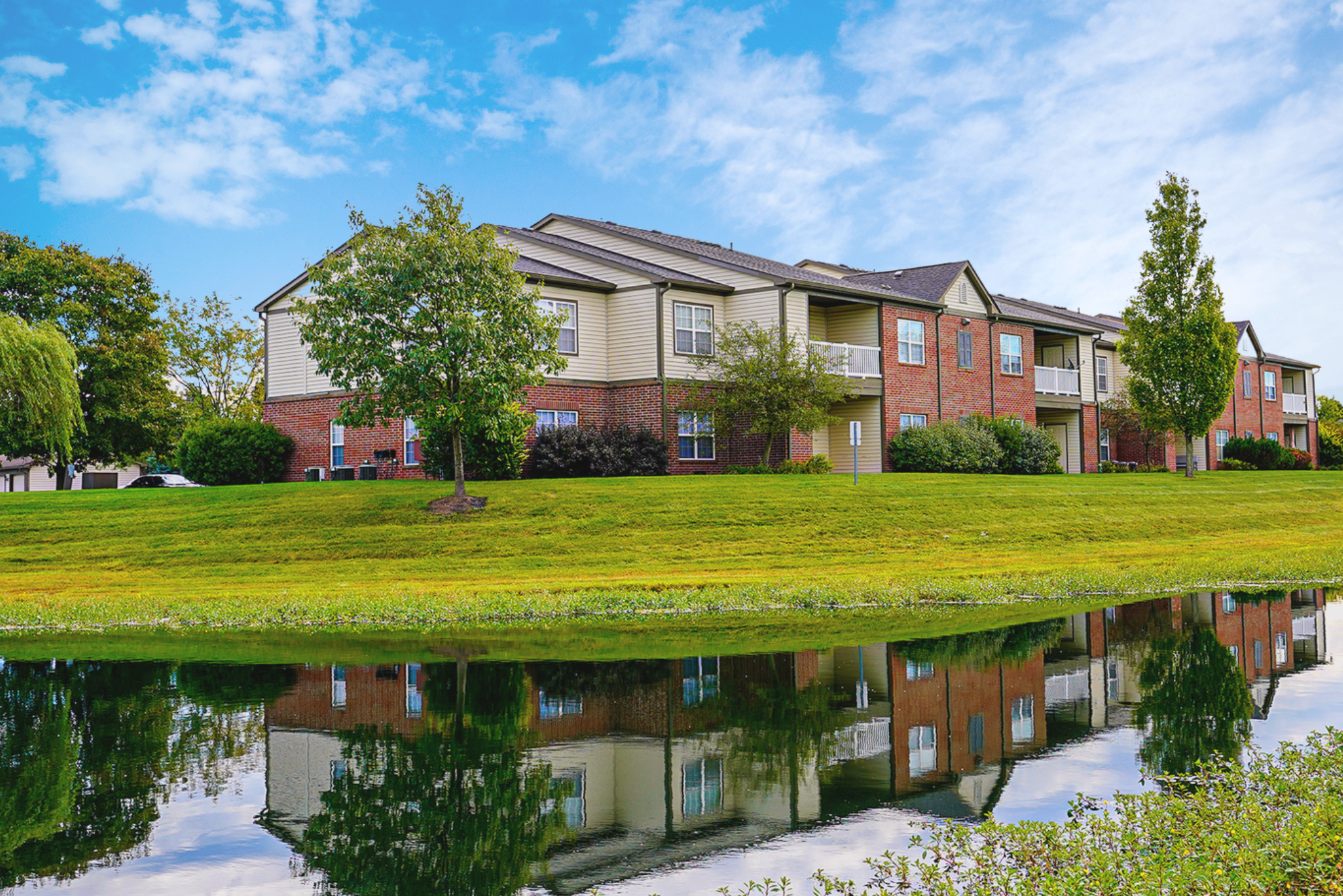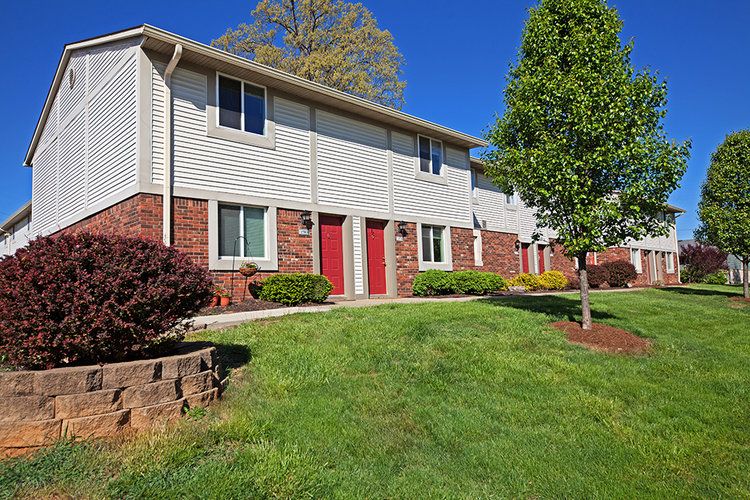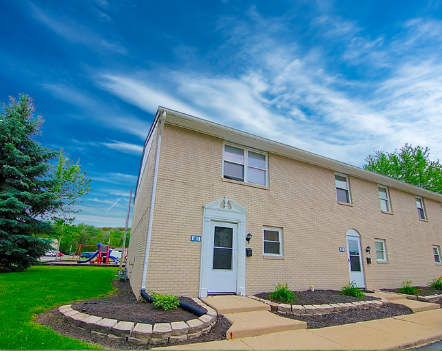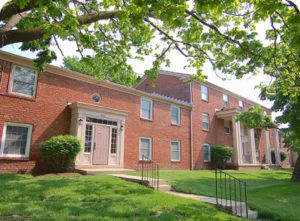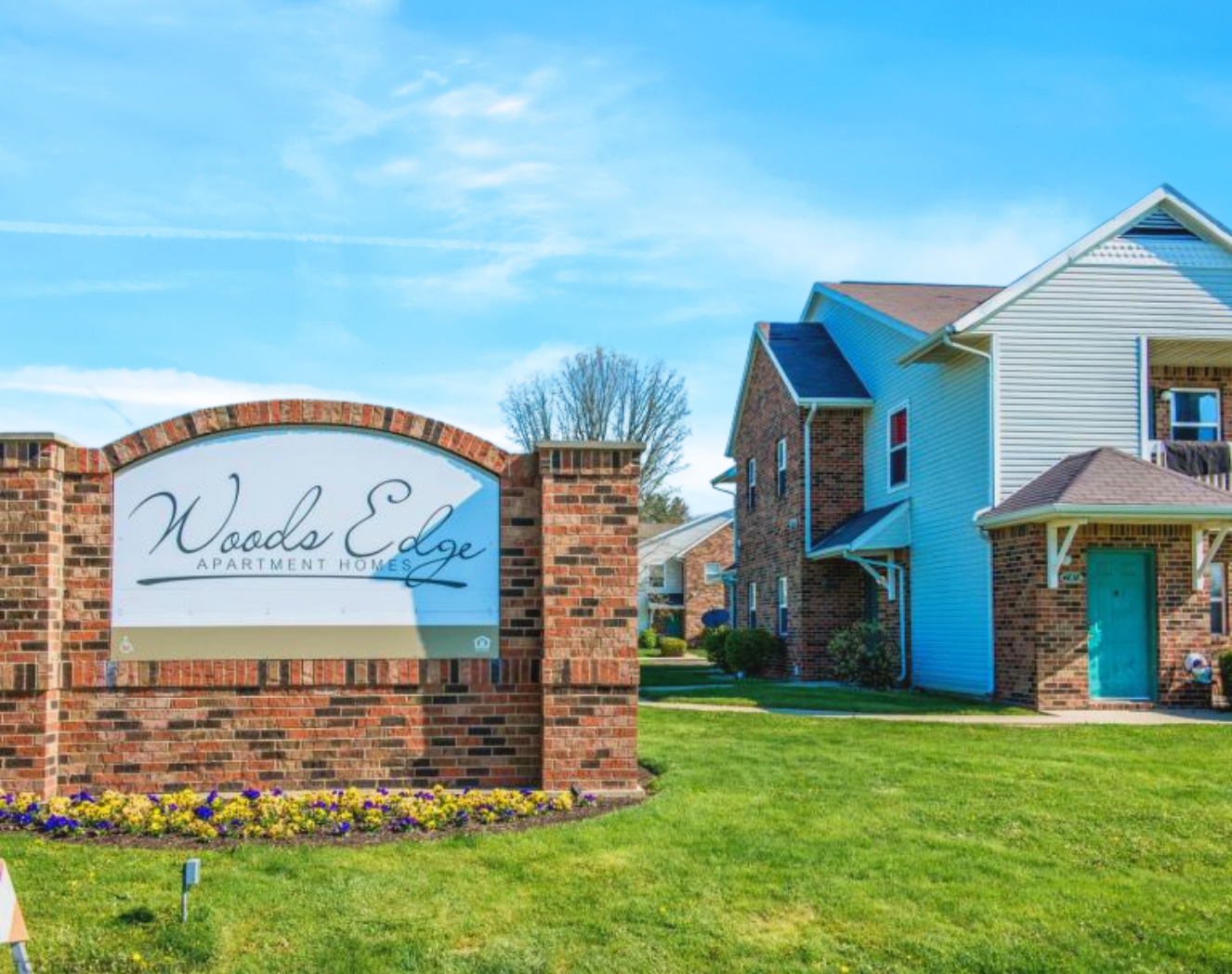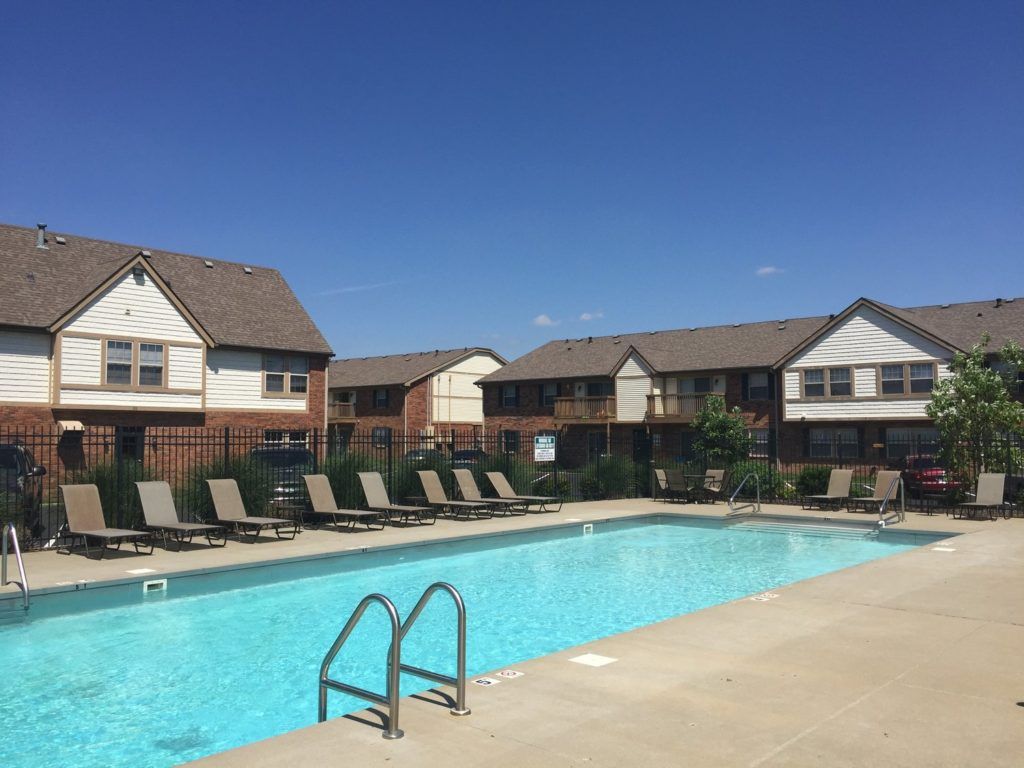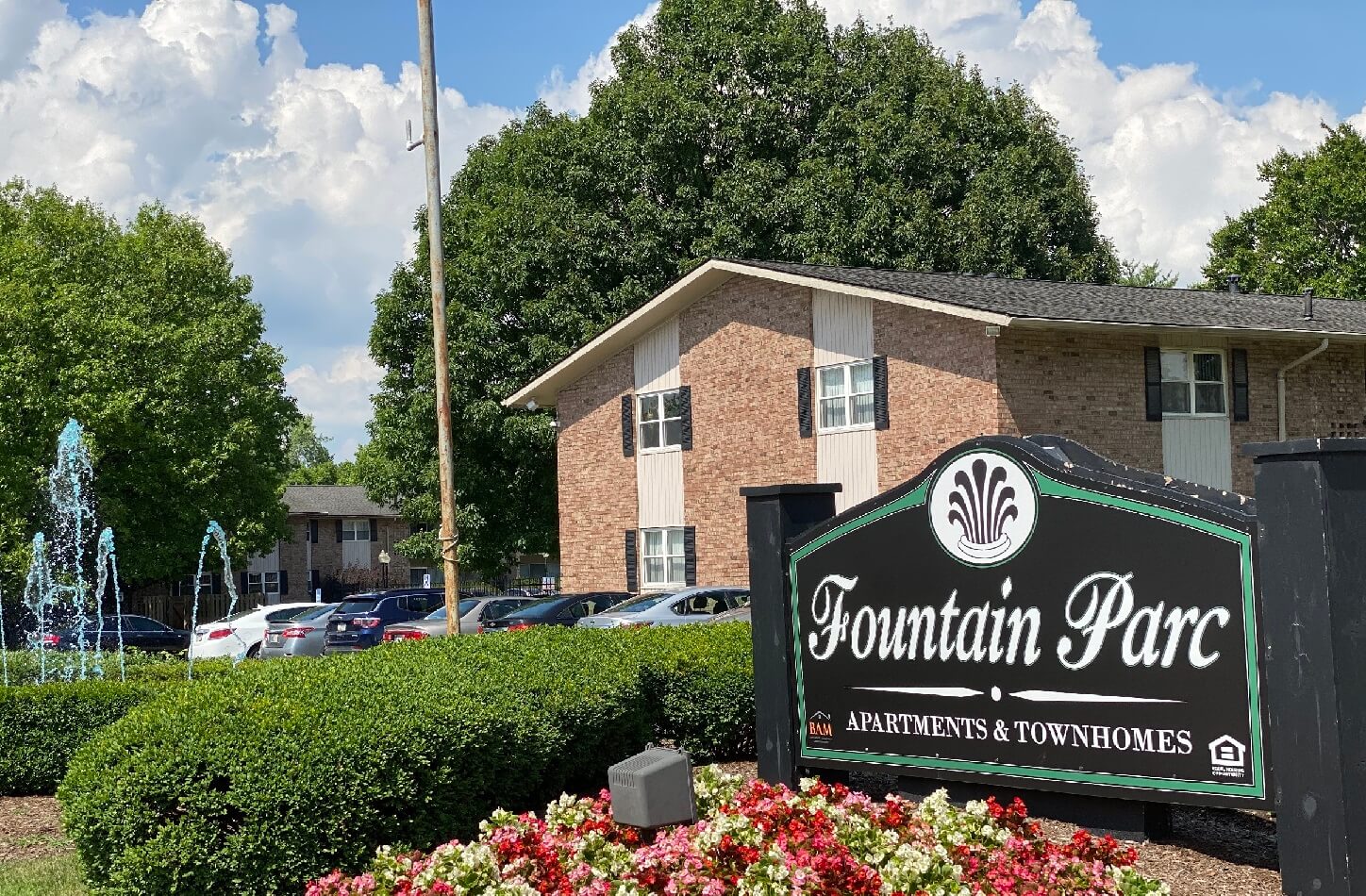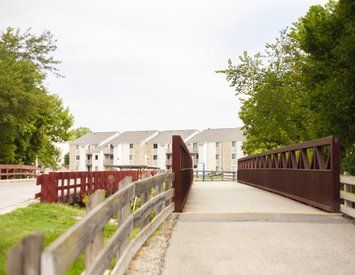Multifamily
Real Estate Investing In Las Vegas
Creating Exceptional Value
35.14%
IRR*
2.58x
Equity Multiple*
3.4 years
Hold Period*
$184.8m
Total Distributions to Date
*Historical Realized Averages on 12 Exited Assets
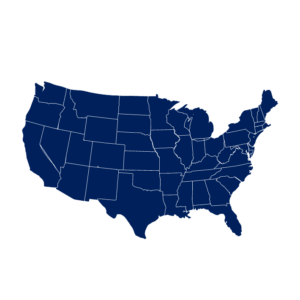
Midwest Focus
BAM Capital prioritizes B++, A-, and A multifamily assets with in-place cash flow and proven upside potential. This mitigates risk and allows the fund to target consistent monthly cash flow.

Vertical Integration
BAM Capital provides unmatched expertise via vertical integration and transparency. BAM Capital handles all steps of the investment life-cycle, from purchasing to remodeling to management, yielding a higher return for investors.

Local Experts
BAM Capital leverages local expertise and long-standing relationships with sellers, brokers, and builders to allow for expert knowledge on assets being purchased.

Current Offering
The BAM Multifamily Growth & Income Fund IV, a private real estate fund, seeks to balance cash flow stability, capital preservation, and long-term capital appreciation while providing superior risk-adjusted returns to investors.
$300 M+
Equity Invested
$1.025 B+
In Transactions
6,000+
Units
27
Properties
Track Record
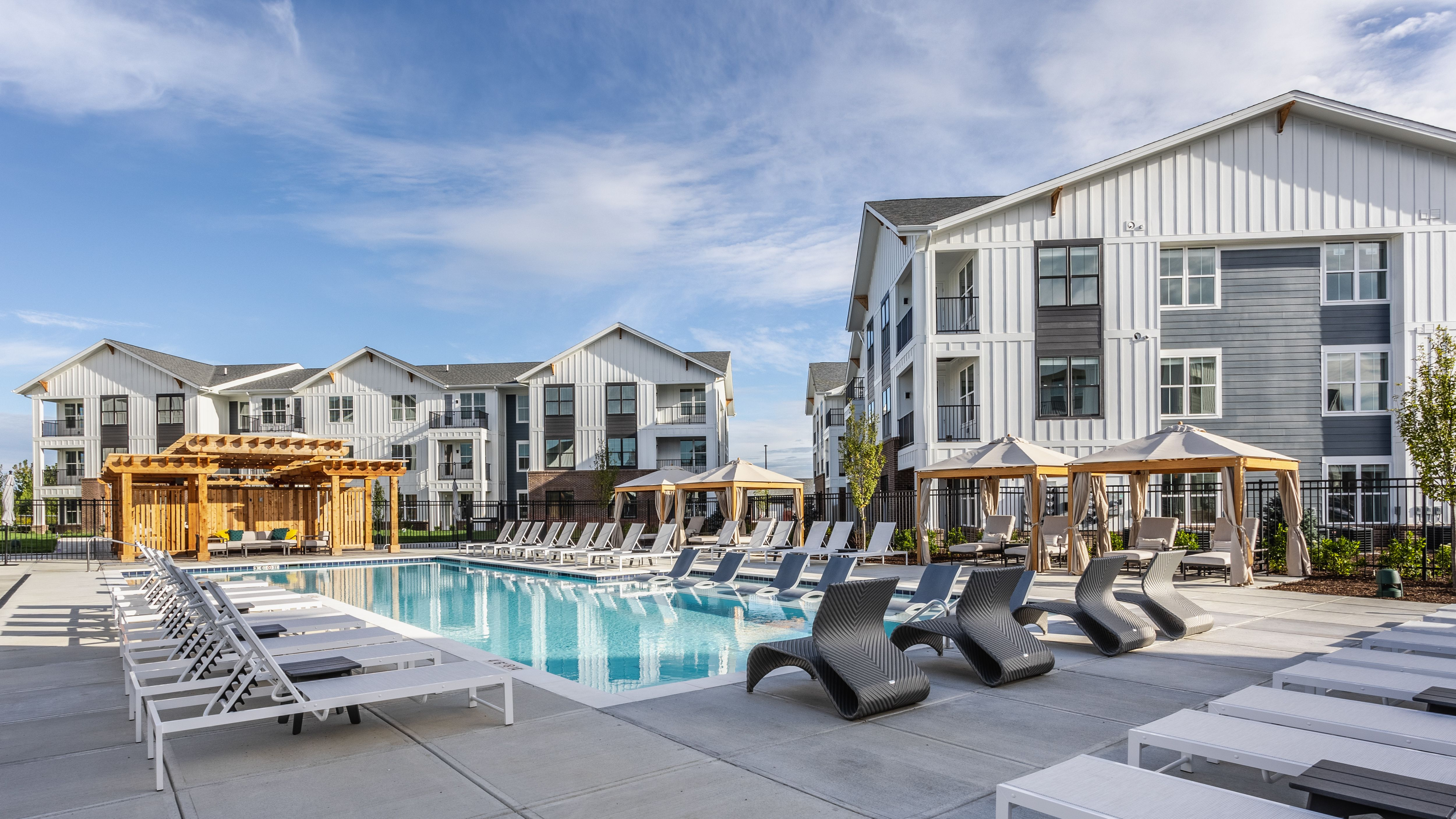
Nese Apartments
Whitestown, IN
Highlights
- Institutional Quality Asset Developed in 2022
- Outstanding Location in Whitestown, the Fastest Growing Suburb in Indiana
- Population Growth of 255% Since 2010
- Strong In-Place Cash Flow
- Management/Operations Upside
- Economies of Scale with Other Assets Operated by The BAM Companies
- Best-in-Class Amenities and Unit Interiors/ Finishes
- Exceptional School System
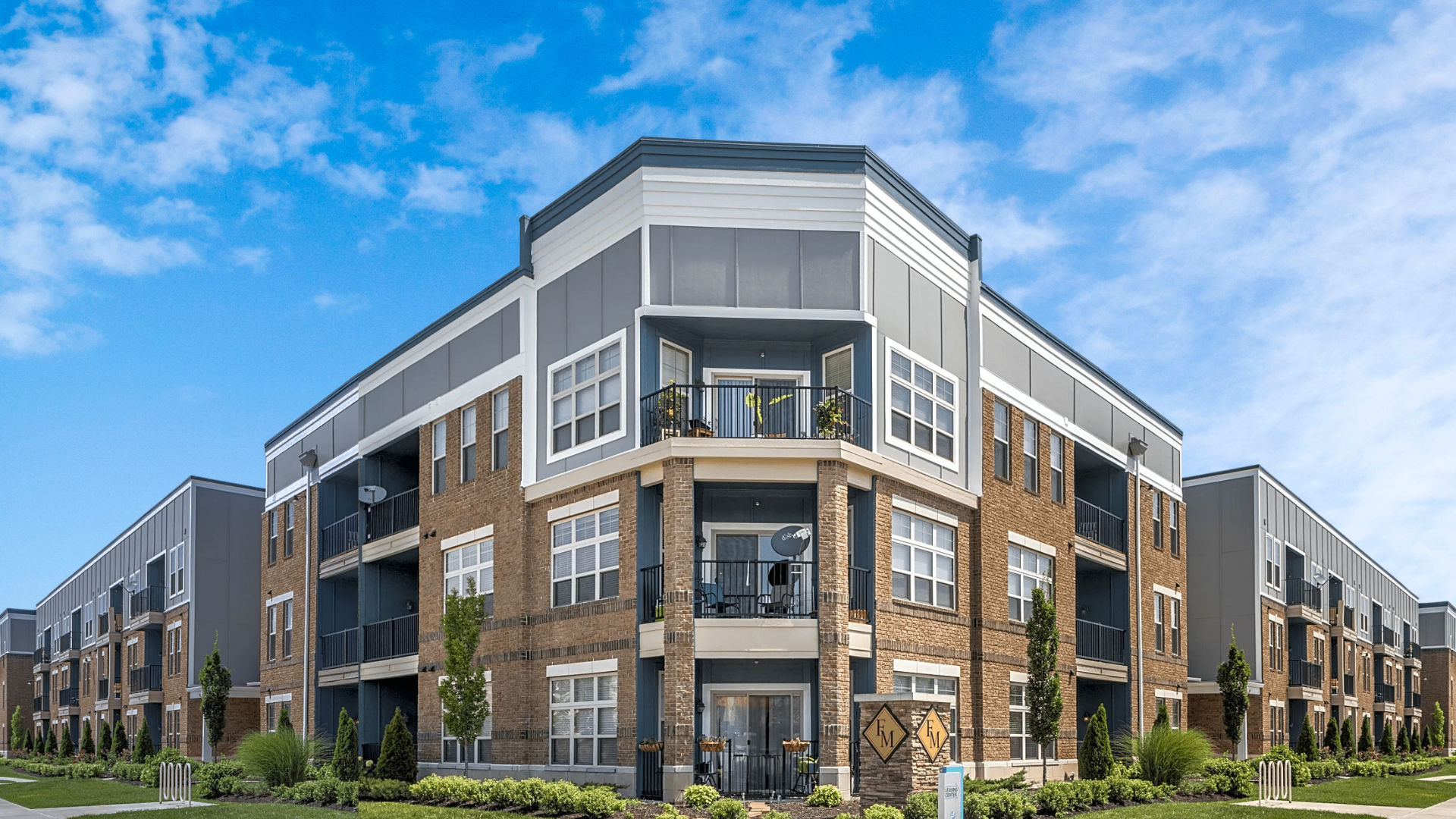
The Flats at Fishers Marketplace
Fishers, IN
Highlights
- Institutional Quality Asset Built in 2015
- Exceptional Location in Fishers, IN
- Significant Economies of Scale – Up to $1,000 Savings in Operating Costs
- Easy Accessibility to Major Economic Drivers and Upscale Retail
- Outstanding Demographics with Explosive Population Growth
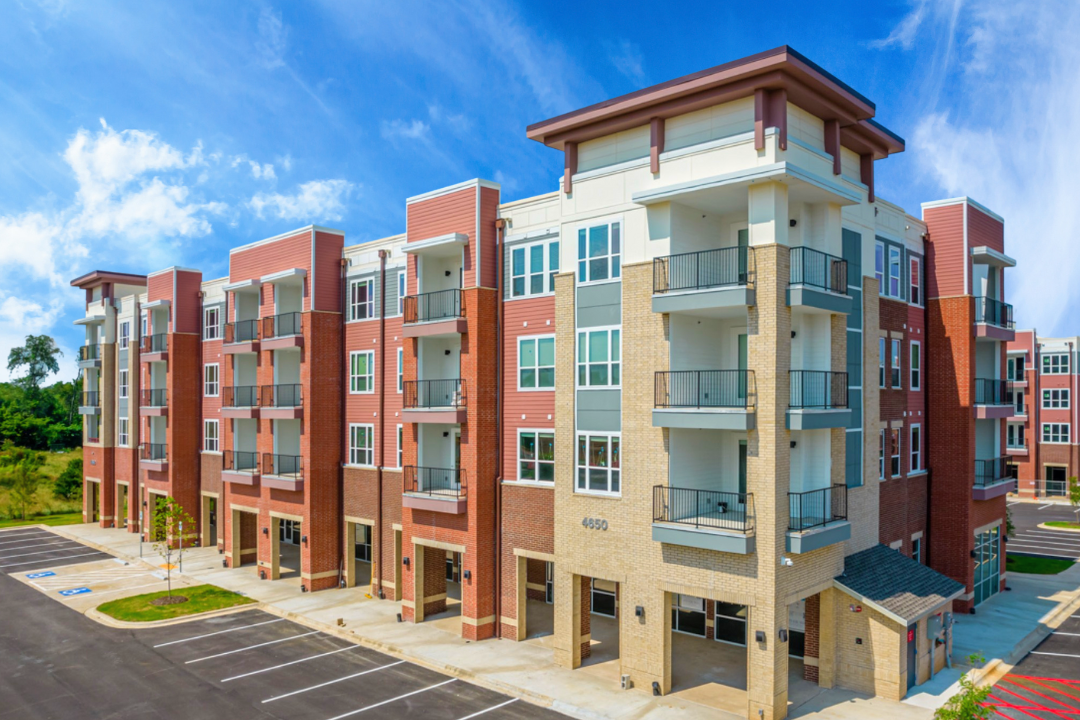
Uptown Terrace
Rogers, AR
Highlights
- Institutional Quality Asset Built in 2021
- Exceptional Location Anchored by Three Fortune 500 Companies
- Strong Occupancy and In-Place Cash Flow
- Significant Management Upside
- Below Market Rent with First Generation Leases
- Proven Leasing Demand – Limited New Class A Supply
- Best-in-Class Amenities
- Highly Visible and Accessible
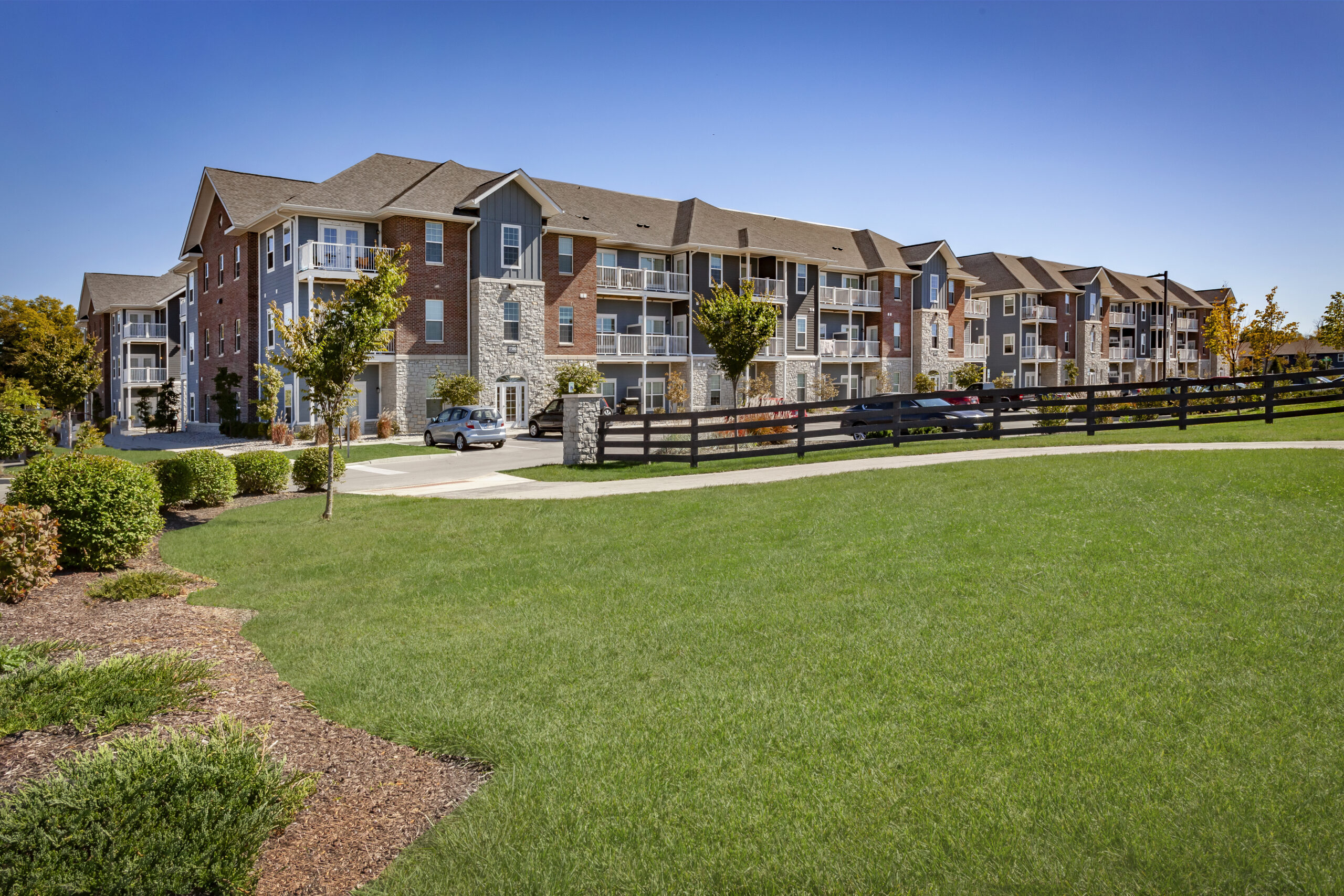
32 Union
Noblesville, IN
Highlights
- Institutional Quality Asset Built in 2019
- Outstanding Location in Noblesville, an Affluent Suburb of Indianapolis
- Population Growth of 191% Since 2010 within a One Mile Radius
- Strong In-Place Cash Flow
- Management/Operations Upside
- Economies of Scale with Other Assets Operated by The BAM Companies
- Limited Nearby New Construction
- Best-in-Class Amenities and Unit Interiors/ Finishes
- Exceptional School System
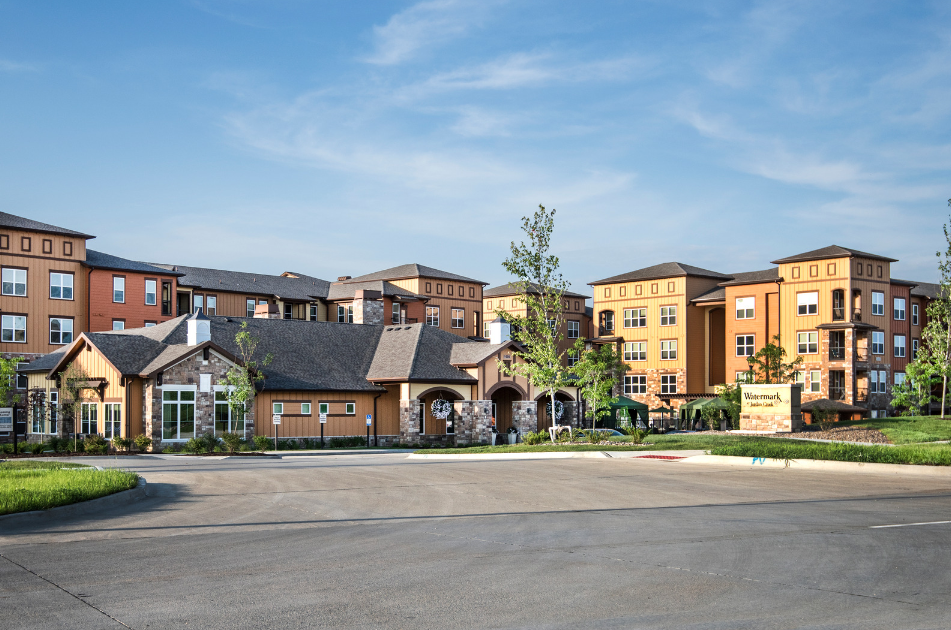
Watermark at Jordan Creek
West Des Moines, IA
Highlights
- Increasing NOI through Management efficiencies
- Economies for scale with 4 other sister assets (1000+ units) in the market within 20 mins
- Rents an average of $250 below competitors
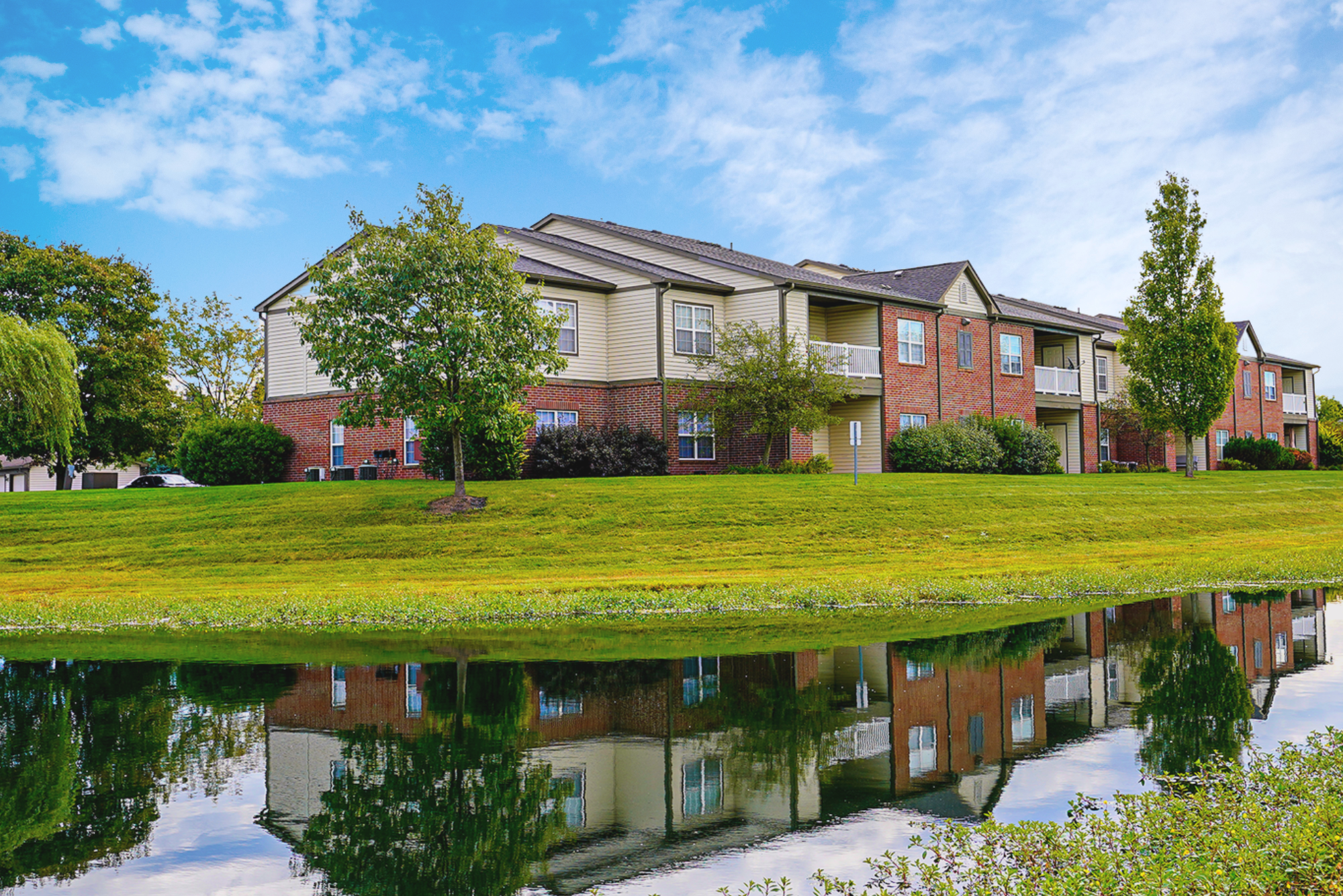
Gateway Crossing Apartments
McCordsville, IN
Highlights
- Increasing net operating income through management efficiencies
- Upgraded amenities package including a new dog park
- Rents $100 below competitors
Metrics
- Total Square Feet: 180,000
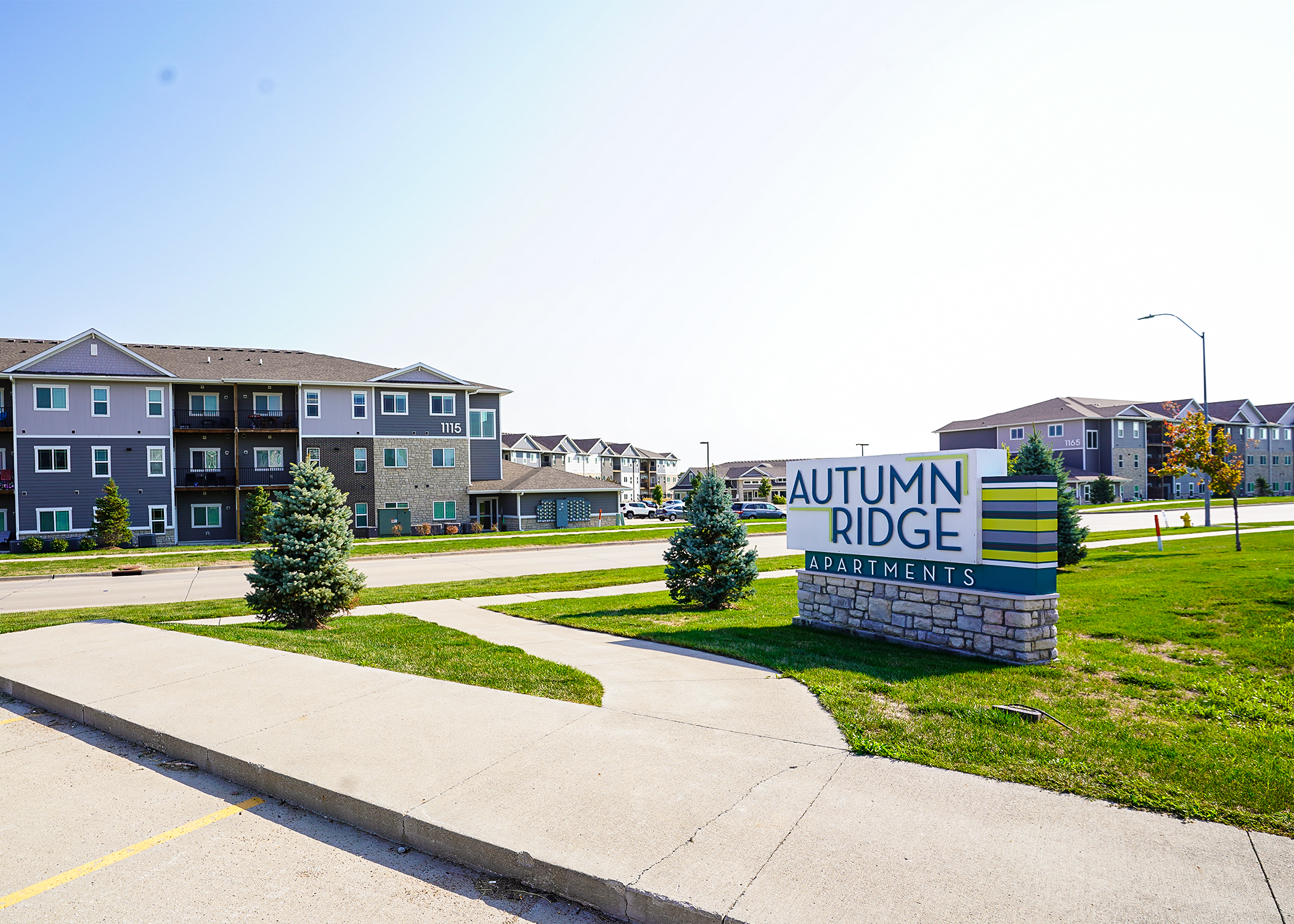
Autumn Ridge
Waukee, IA
Highlights
- Built in 2017 & 2019
- Below market rent by as much as $290/month
- Significant management upside
- Strong surrounding demographics
- Strong and consistent in-place cash flow
- A diverse set of floor plans and unit mix
- Comprehensive amenity package featuring two swimming pools
- Located near Wells Fargo’s 160-acre campus and major retail area
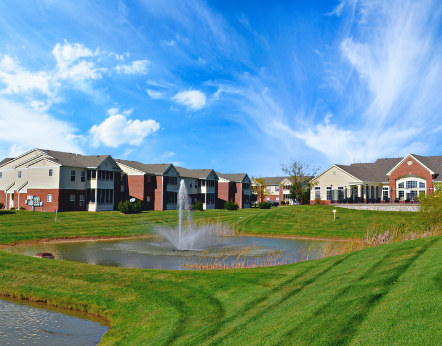
The Bristol
Indianapolis, IN
Highlights
- Recapitalized from BAM Multifamily Growth Fund I
- Located near Indianapolis International Airport
- Located near upscale shopping centers
- Dynamic employment in logistics & e-commerce
- Rent 11% below market
- Immediate cost reduction (salaries, management fees, insurance)
Metrics
- Total Square Footage: 213,671
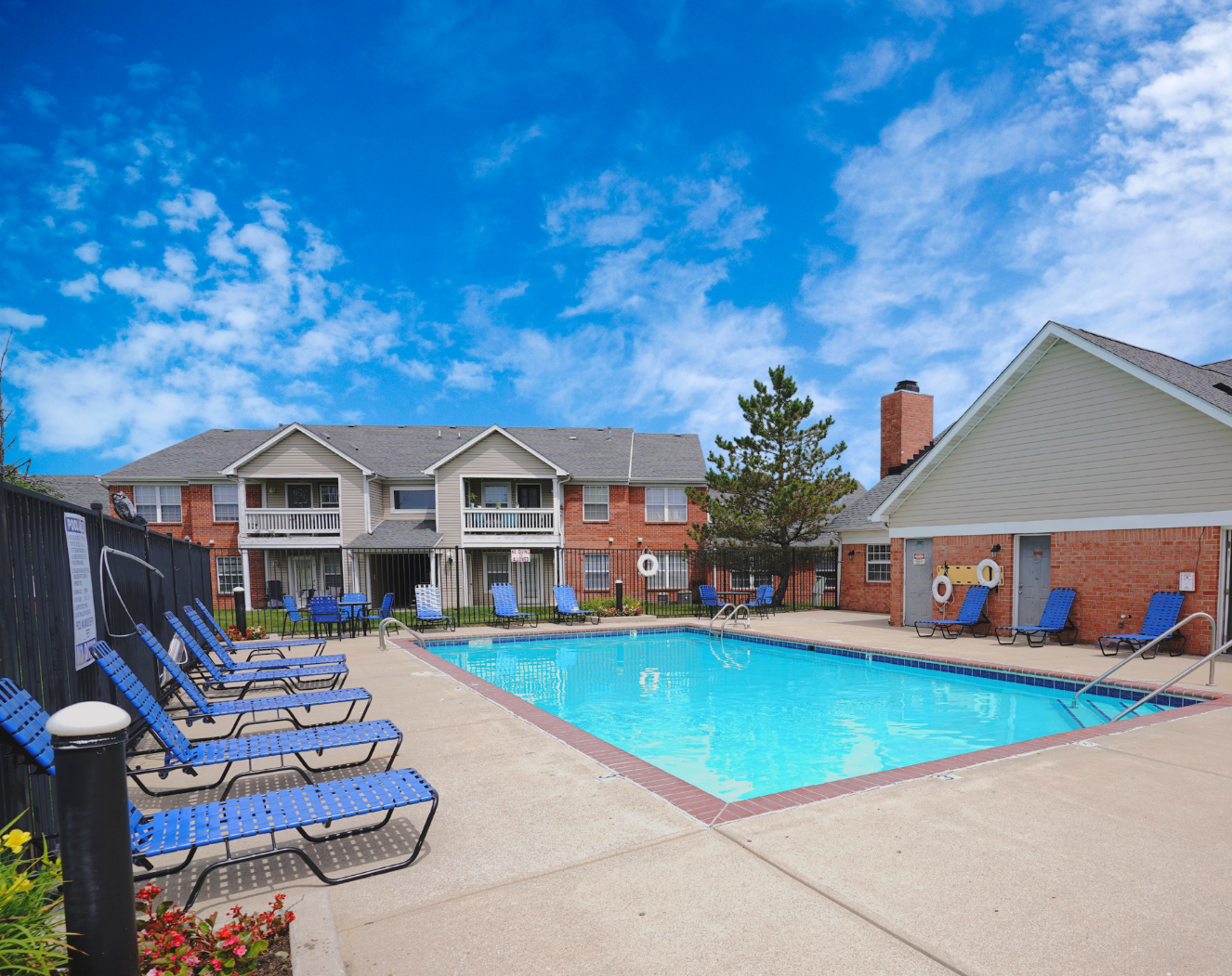
Hamilton Station
Pendleton, IN
Highlights
- Recapitalized from BAM Multifamily Growth Fund I
- Favorable demographics
- High-paying jobs, population increasing
- Desirable school system
- Within 15 mins of 5,000 medical jobs
- $150 increase from rent restriction lift
- $400 increase in ancillary revenue per unit
- Upscale retail areas
- Prior management deemed weak
Metrics
- Total Square Footage: 175,106
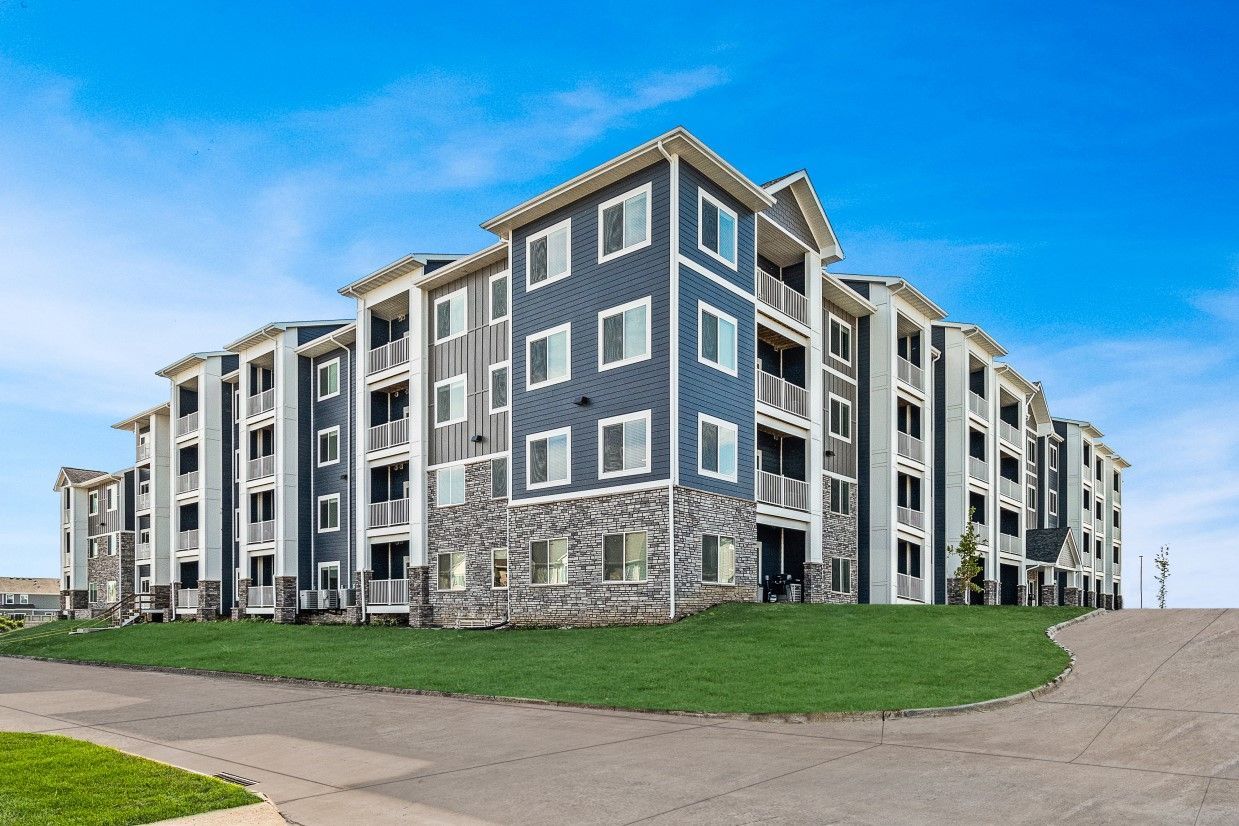
Park88 Apartments
Des Moines, IA
Highlights
- Economies of scale with Asset 3 – The Summit at Heritage
- #1 Best Place to Live in the Midwest for High Salaries and Low Cost of Living
- Rapidly growing commercial, medical, educational, and cultural hub
- Near Des Moines University, Drake University, and Wells Fargo campus
- Revenue growth
- Current rent trails competitors by $150
- Easy access to 4 major highway systems
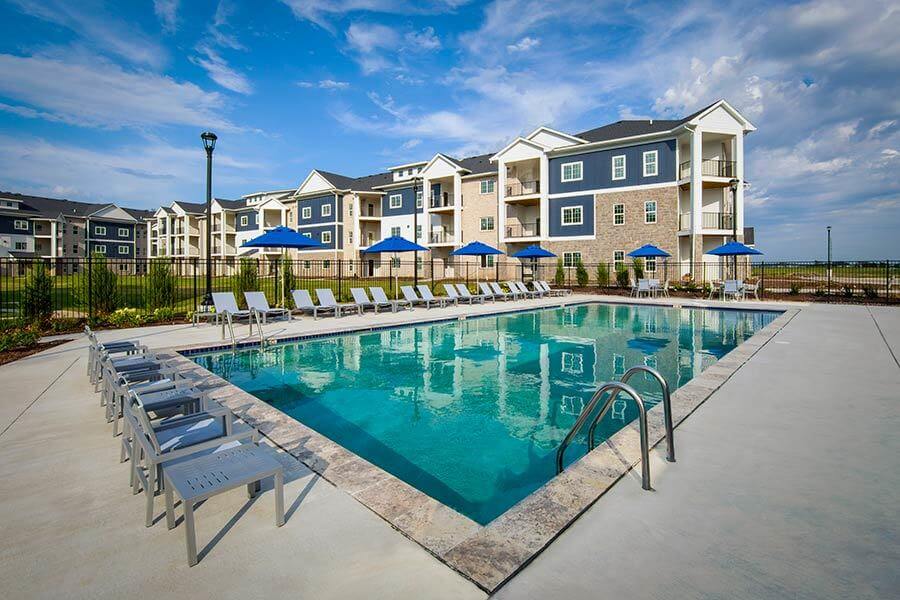
The Summit at Heritage
Grimes, IA
Highlights
- Largest metropolitan statistical area in IA
- Microsoft Corporation and Apple, Inc investing over $5 Billion, combined, in data centers
- 7.4% population growth next 5 years vs. US avg of 4.69% (Des Moines)
- Key renter demo (18 to 35yrs) is expected to grow 56.2% by 2026 (Grimes)
- #5 on Best Place to Live in the US; 2 years running (Des Moines)
- Rapidly growing commercial, medical, educational, and cultural hub
- Revenue growth: current rent trails competitors by $150 – $225
- Easy access to 4 major highway systems
Metrics
- Total Square Footage: 296,237
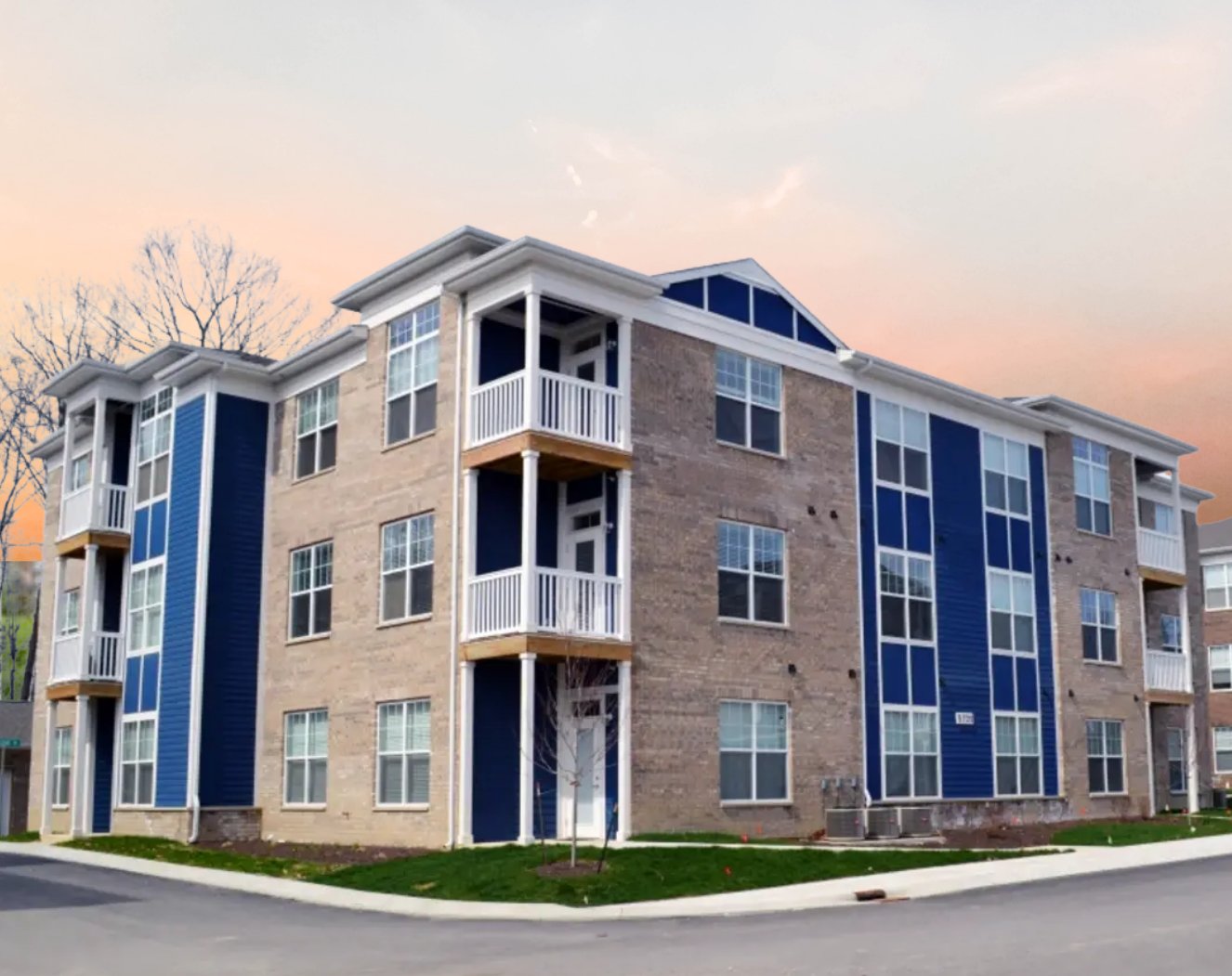
Canal Flats
Fort Wayne, IN
Highlights
- Economies of scale with Asset 2
- Assuming favorable debt terms
- Can pursue supplemental financing immediately
- Systematic submarket rent growth due to proximity to Asset 2
- Revenue growth: current rent trails competitors by $100 – $150
- Favorable, larger floor plans
- SW submarket achieved rent growth of 7.7% in 2020
- Commercial, medical, educational, and cultural hub of Northeast Indiana
Metrics
- Total Square Footage: 212,558
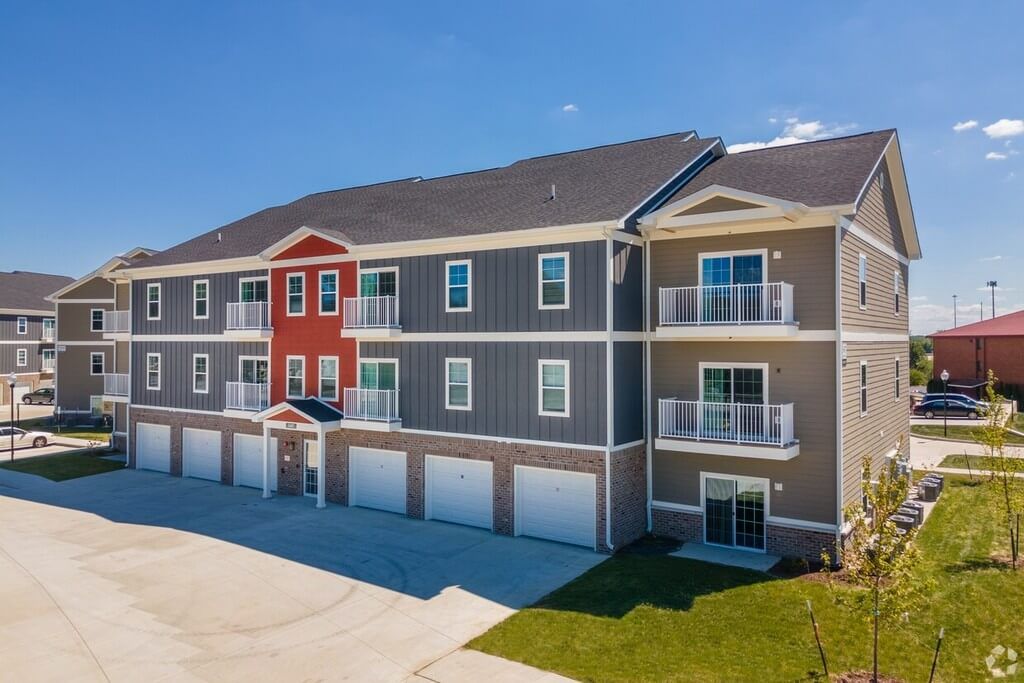
The Ventry
Fort Wayne, IN
Highlights
- Second largest metropolitan statistical area in Indiana
- Newest product in area with substantial revenue growth
- current rent trails competitors by $100 – $150
- SW submarket achieved rent growth of 7.7% in 2020
- Commercial, medical, and cultural hub of Northeast Indiana
- Easy access to six major highway systems
- Major regional education hub with five award-winning higher education institutions such as Purdue University
- Economies of scale with Asset 3 – Canal Flats
Metrics
- Total Square Footage: 161,060

Waterstone at Green River
Highlights
- Operational efficiencies with two sister properties
- Immediate cost reduction in payroll & marketing costs
- High growth corridor
- New Costco in proximity
- Easy access to I-69
Metrics
- Total Square Footage: 130,825
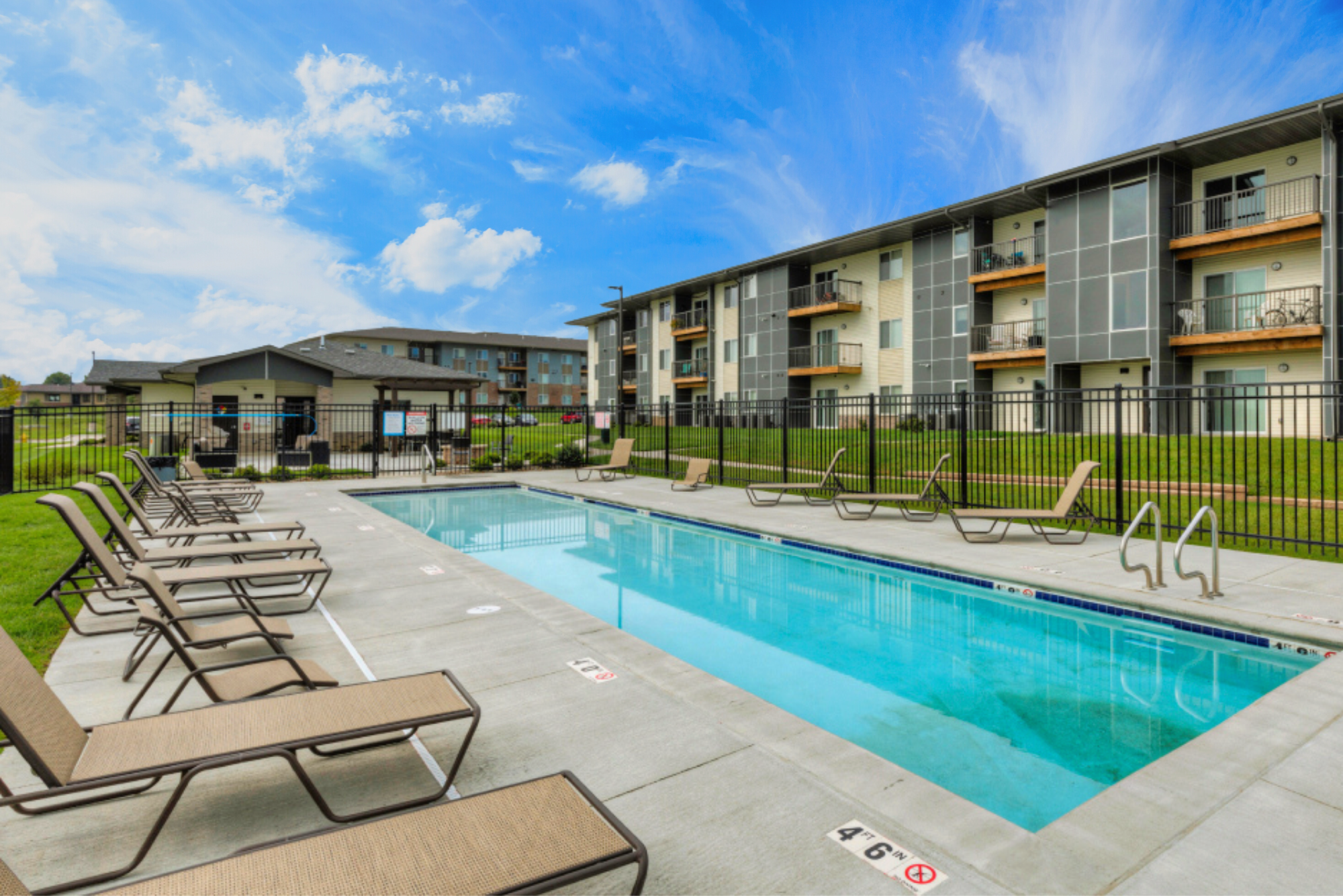
Legacy Landing
Des Moines, Iowa MSA
Highlights
- Class “A” community developed in 2015
- The 120-unit community is in the MSA of Des Moines, IA

Nese Apartments
Whitestown, IN
Highlights
- Institutional Quality Asset Developed in 2022
- Outstanding Location in Whitestown, the Fastest Growing Suburb in Indiana
- Population Growth of 255% Since 2010
- Strong In-Place Cash Flow
- Management/Operations Upside
- Economies of Scale with Other Assets Operated by The BAM Companies
- Best-in-Class Amenities and Unit Interiors/ Finishes
- Exceptional School System

The Flats at Fishers Marketplace
Fishers, IN
Highlights
- Institutional Quality Asset Built in 2015
- Exceptional Location in Fishers, IN
- Significant Economies of Scale – Up to $1,000 Savings in Operating Costs
- Easy Accessibility to Major Economic Drivers and Upscale Retail
- Outstanding Demographics with Explosive Population Growth

Uptown Terrace
Rogers, AR
Highlights
- Institutional Quality Asset Built in 2021
- Exceptional Location Anchored by Three Fortune 500 Companies
- Strong Occupancy and In-Place Cash Flow
- Significant Management Upside
- Below Market Rent with First Generation Leases
- Proven Leasing Demand – Limited New Class A Supply
- Best-in-Class Amenities
- Highly Visible and Accessible

32 Union
Noblesville, IN
Highlights
- Institutional Quality Asset Built in 2019
- Outstanding Location in Noblesville, an Affluent Suburb of Indianapolis
- Population Growth of 191% Since 2010 within a One Mile Radius
- Strong In-Place Cash Flow
- Management/Operations Upside
- Economies of Scale with Other Assets Operated by The BAM Companies
- Limited Nearby New Construction
- Best-in-Class Amenities and Unit Interiors/ Finishes
- Exceptional School System

Watermark at Jordan Creek
West Des Moines, IA
Highlights
- Increasing NOI through Management efficiencies
- Economies for scale with 4 other sister assets (1000+ units) in the market within 20 mins
- Rents an average of $250 below competitors

Gateway Crossing Apartments
McCordsville, IN
Highlights
- Increasing net operating income through management efficiencies
- Upgraded amenities package including a new dog park
- Rents $100 below competitors
Metrics
- Total Square Feet: 180,000

Autumn Ridge
Waukee, IA
Highlights
- Built in 2017 & 2019
- Below market rent by as much as $290/month
- Significant management upside
- Strong surrounding demographics
- Strong and consistent in-place cash flow
- A diverse set of floor plans and unit mix
- Comprehensive amenity package featuring two swimming pools
- Located near Wells Fargo’s 160-acre campus and major retail area

The Bristol
Indianapolis, IN
Highlights
- Recapitalized from BAM Multifamily Growth Fund I
- Located near Indianapolis International Airport
- Located near upscale shopping centers
- Dynamic employment in logistics & e-commerce
- Rent 11% below market
- Immediate cost reduction (salaries, management fees, insurance)
Metrics
- Total Square Footage: 213,671

Hamilton Station
Pendleton, IN
Highlights
- Recapitalized from BAM Multifamily Growth Fund I
- Favorable demographics
- High-paying jobs, population increasing
- Desirable school system
- Within 15 mins of 5,000 medical jobs
- $150 increase from rent restriction lift
- $400 increase in ancillary revenue per unit
- Upscale retail areas
- Prior management deemed weak
Metrics
- Total Square Footage: 175,106

Park88 Apartments
Des Moines, IA
Highlights
- Economies of scale with Asset 3 – The Summit at Heritage
- #1 Best Place to Live in the Midwest for High Salaries and Low Cost of Living
- Rapidly growing commercial, medical, educational, and cultural hub
- Near Des Moines University, Drake University, and Wells Fargo campus
- Revenue growth
- Current rent trails competitors by $150
- Easy access to 4 major highway systems

The Summit at Heritage
Grimes, IA
Highlights
- Largest metropolitan statistical area in IA
- Microsoft Corporation and Apple, Inc investing over $5 Billion, combined, in data centers
- 7.4% population growth next 5 years vs. US avg of 4.69% (Des Moines)
- Key renter demo (18 to 35yrs) is expected to grow 56.2% by 2026 (Grimes)
- #5 on Best Place to Live in the US; 2 years running (Des Moines)
- Rapidly growing commercial, medical, educational, and cultural hub
- Revenue growth: current rent trails competitors by $150 – $225
- Easy access to 4 major highway systems
Metrics
- Total Square Footage: 296,237

Canal Flats
Fort Wayne, IN
Highlights
- Economies of scale with Asset 2
- Assuming favorable debt terms
- Can pursue supplemental financing immediately
- Systematic submarket rent growth due to proximity to Asset 2
- Revenue growth: current rent trails competitors by $100 – $150
- Favorable, larger floor plans
- SW submarket achieved rent growth of 7.7% in 2020
- Commercial, medical, educational, and cultural hub of Northeast Indiana
Metrics
- Total Square Footage: 212,558

The Ventry
Fort Wayne, IN
Highlights
- Second largest metropolitan statistical area in Indiana
- Newest product in area with substantial revenue growth
- current rent trails competitors by $100 – $150
- SW submarket achieved rent growth of 7.7% in 2020
- Commercial, medical, and cultural hub of Northeast Indiana
- Easy access to six major highway systems
- Major regional education hub with five award-winning higher education institutions such as Purdue University
- Economies of scale with Asset 3 – Canal Flats
Metrics
- Total Square Footage: 161,060

Waterstone at Green River
Highlights
- Operational efficiencies with two sister properties
- Immediate cost reduction in payroll & marketing costs
- High growth corridor
- New Costco in proximity
- Easy access to I-69
Metrics
- Total Square Footage: 130,825

Legacy Landing
Des Moines, Iowa MSA
Highlights
- Class “A” community developed in 2015
- The 120-unit community is in the MSA of Des Moines, IA
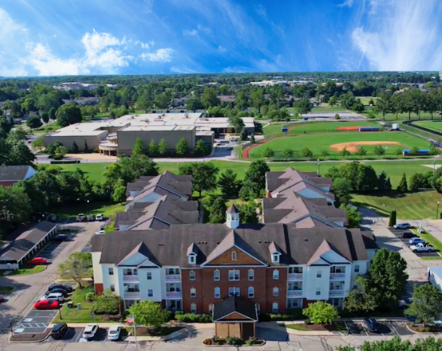
The Gallery
Carmel, IN
Highlights
- Located on Main Street in the middle of Indianapolis’s most affluent northern suburb of Carmel
- Record population growth since 2000: Westfield (229%), Noblesville (105%), Carmel (45%) and Fishers (135%)
- Current submarket rent comparable properties have average rents $537+ per unit higher than The Gallery
- Ability to reduce management cost by $800 per unit per year through managerial efficiencies
- Extensive value-add to units and amenities (new pool, dog park, grilling area)
- Short term hold (2-3yrs vs 5-7 typical hold)
Metrics
- Total Square Footage: 63,274
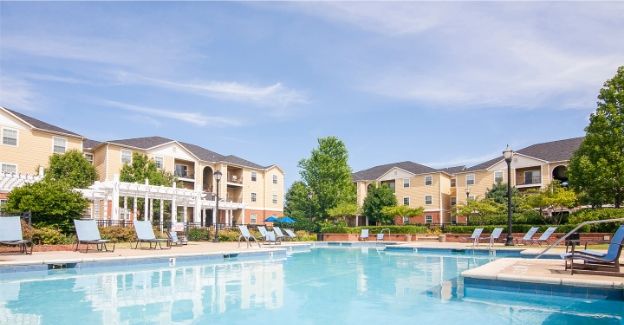
Nantucket Cove Apartments
Highlights
- Ideally located in Champaign (250k population), home to the University of Illinois (45k students)
- Strong market employment including IBM, Kraft Heinz, FedEx, Yahoo!, AMD, Caterpillar, John Deere and Dow Chemical
- Resort-style clubhouse and pool, state-of-the-art fitness center, yoga studio, full indoor basketball court, 1500sq ft business center, coffee bar, dog park, sand volleyball court, car care center, sundeck, grilling stations, and tennis court
Metrics
- Total Square Feet: 333,970
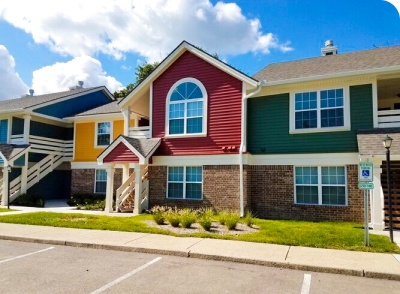
Mad River Apartments
Dayton, OH
Highlights
- Upgraded the amenity package with a new poolside fitness center and business center in the old fitness location and bark park.
- Expense reduction through a more hands-on management approach
- Ideally located adjacent to Dayton mall and other bustling employment
- Easy commute to region’s largest employers (I-75, I675, SR 725 and SR 743)
Metrics
- Total Square Feet: 218,002
01/2023
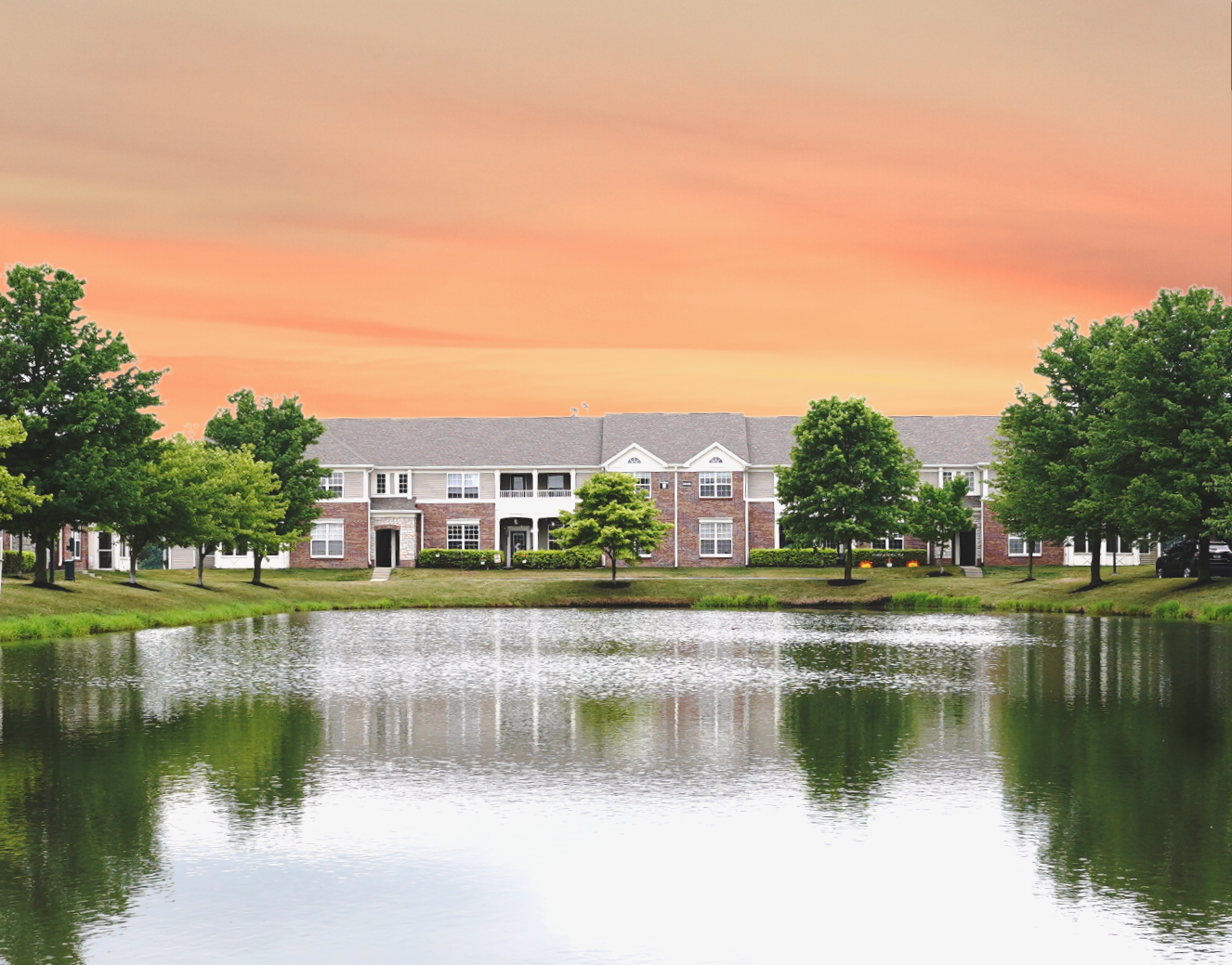
Pebble Brook Village
Noblesville, IN
Highlights
- Immediate management cost reduction per unit of $900
- Highest average income in Indianapolis MSA
- Desirable school system
- Easy commute to over 5,000 medical jobs
- Prior management deemed weak
- Record population growth since 2000: Westfield (229%), Noblesville (105%), Carmel (45%) and Fishers (135%)
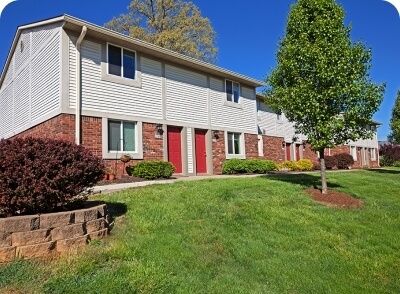
Oakdale Square Apartments
Bloomington, IN
Highlights
- 90% value increase in under 3 years
- All initial capital returned after a cash-out refinance (investors still retain their equity shares)
- Renovation resulting in ~$200 in per door rent increases.
- Ancillary revenue is up ~60% (applications fees, pet rent, water/sewer, trash, garage rent, admin fees, etc.)
11/2018
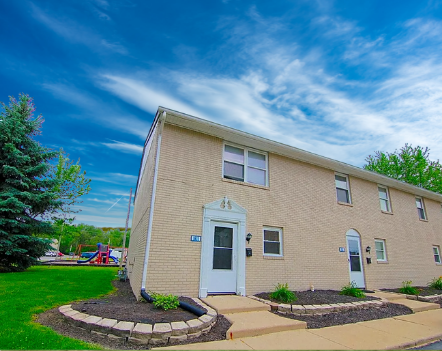
White River Village Apartments
Anderson, IN
Highlights
- 7-year business plan was achieved in 3 years
- Significant management expense reduction
- Replaced roofs, full interior renovation, redesigned sewage system and plumbing
Economics
- Targeted Hold time: 7 yrs
- Realized Hold Time: 3 Yrs
- Targeted IRR: 17%
- Targeted Equity Multiple: 2.09X
- Realized Equity Multiple: 2.55X
12/2019
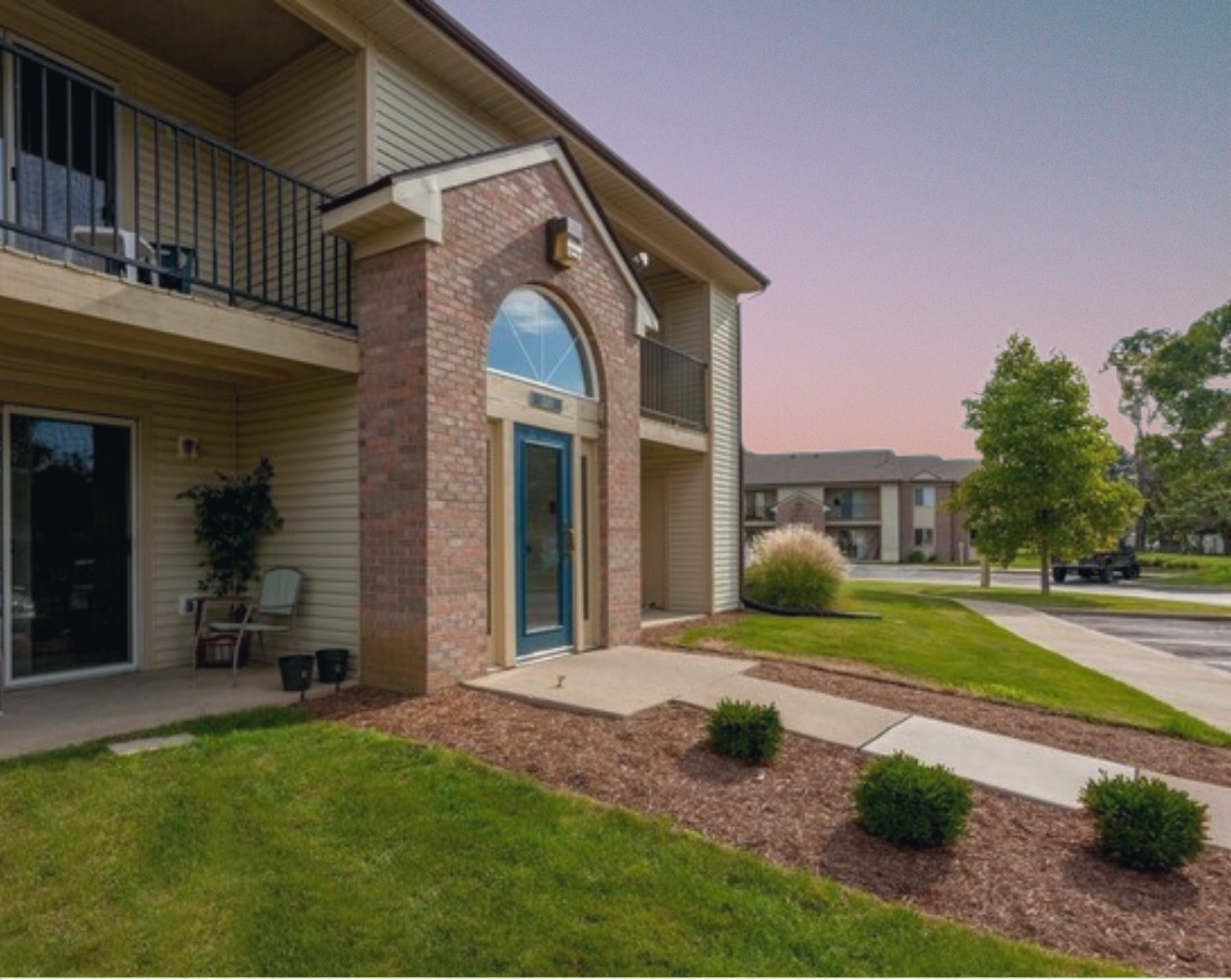
Fox Brook & Walnut Manor Apartments
Muncie, IN
Highlights
- Shared management teams with sister property within close proximity which resulted in reduced maintenance expenses.
- Light upgrades to units and amenities
Economics
- Targeted Hold Time: 7 yrs
- Hold Time: 3 yrs
- Targeted IRR: 19%
- Realized (Net) IRR: 23%
- Targeted Equity Multiple: 2.8X
- Realized Equity Multiple: 1.8X
10/2020
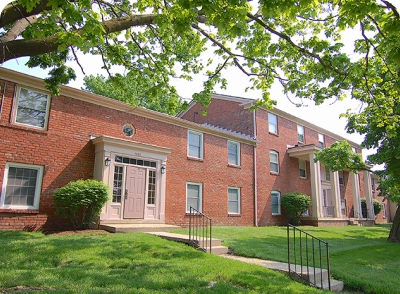
Lexington Green Villa Capri Apartments
Speedway, IN
Highlights
- 10-year business plan was achieved in year 4; exceeding multiple and IRR return projections.
- Infused $3M into unit and common area upgrades
- Fully renovated 200 Units
- Substantial capital expenditures: roofs, clubhouse pool
Economics
- Targeted Hold Time: 10 yrs
- Hold Time: 4 yrs
- Targeted IRR: 17%
- Realized (Net) IRR: 23%
- Targeted Equity Multiple: 3.3X
- Realized Equity Multiple: 2.33X
11/2021
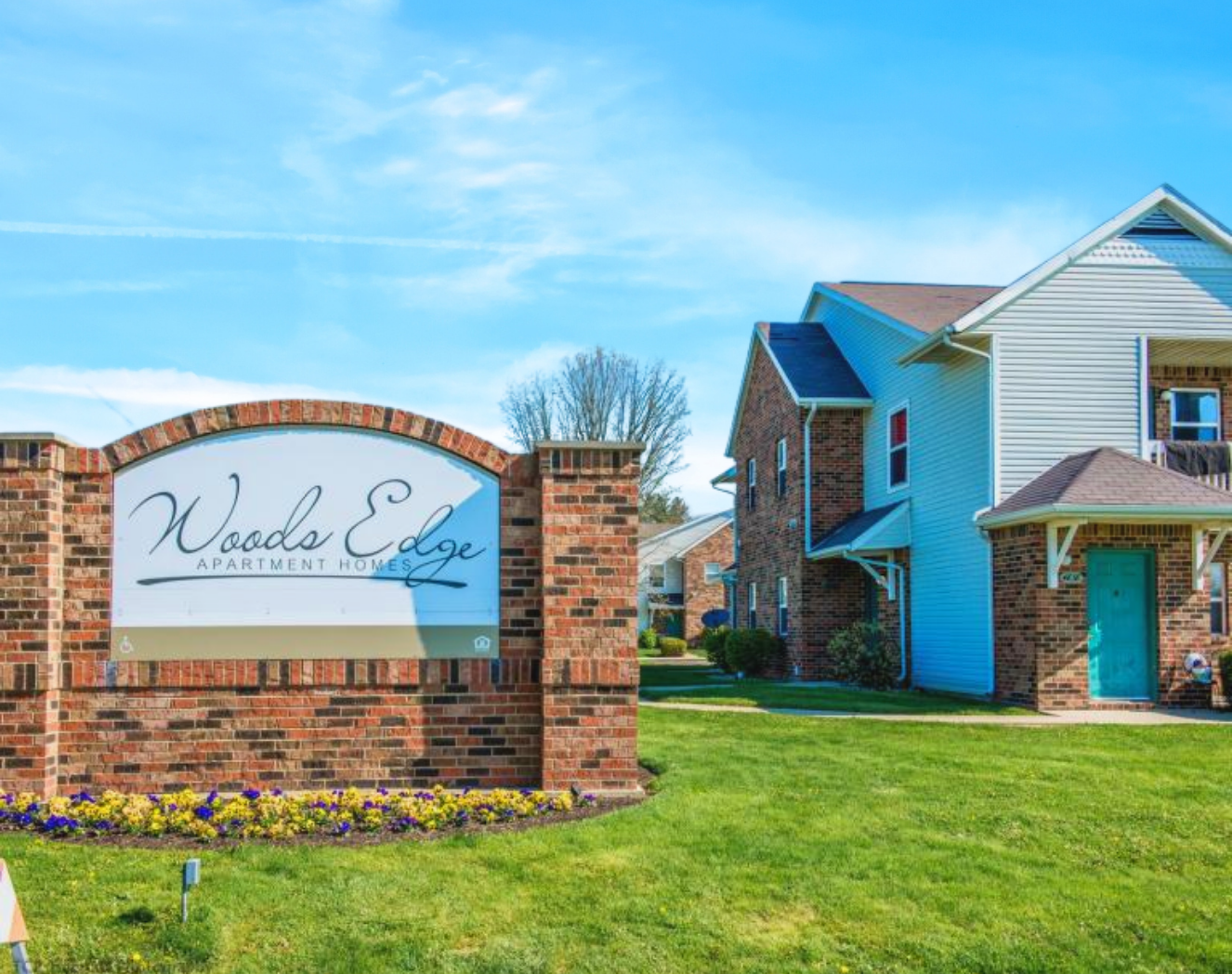
Woods Edge Apartments
Muncie, IN
Highlights
- Renovated all 112 units in the first two years solely with in-house maintenance team changing to modern grey paint scheme, adding new black appliances, new flooring, new countertops, new nickel hardware
- Major Amenity Upgrades: Replaced several roofs, new playground equipment, redecorated clubhouse, replaced all exterior and common area lighting with LED fixtures, parking lot repairs and seal coat/restripe
- Total rent grew 29.6% during operations
- Average rent grew 19% during operations
Metrics
- Targeted Hold Time: 10 yrs
- Hold Time:7 yrs
- Targeted IRR: 17%
- Realized (Net) IRR: 27.3%
- Realized Equity Multiple: 4.21X
12/2021
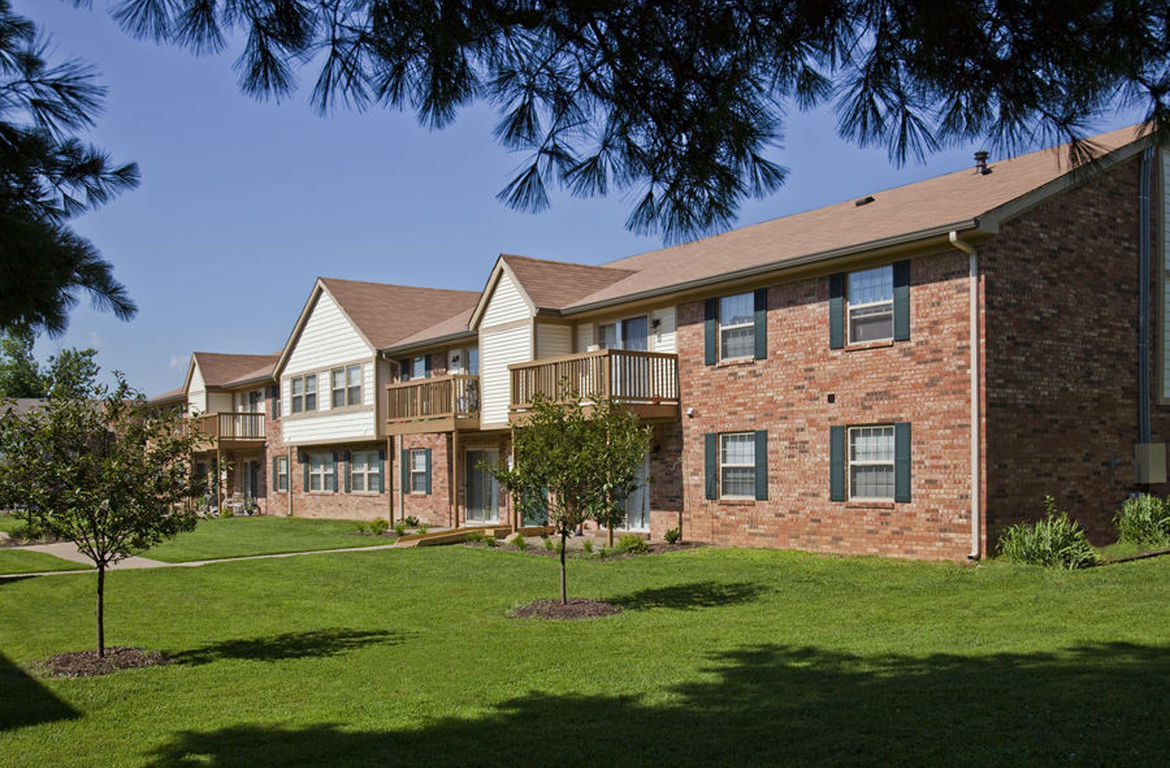
Abbey Court Apartments
Evansville, IN
Highlights
- $1.062M in capital expenditures completed organically over the 4 year hold period, ranging from common area painting, washer/dryer hookup installation, balcony repairs, roof replacements, green repairs (done completely in-house), masonry repairs, and HVAC replacement.
- Average lease rent grew 19% over 4 year hold period (avg 4.8% Y-o-Y)
- Total rent income grew 22.6% over 4 year hold period (avg 5.7% Y-o-Y)
- NOI grew 81% final BAM T12 versus previous owner T12 ($796k to $1.44mm)
- Total Operating Expense reduction of $675/unit from the previous owner
Metrics
- Hold Period: 4 years
- Actual IRR: 37% (Target – 19.261%)
- Actual Equity Multiple: 3.2x (Target – 2.79x)
06/2021
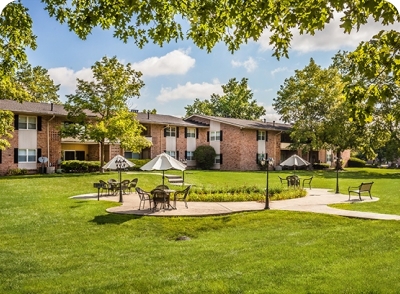
Fountain Parc Apartments
Indianapolis, IN
Highlights
- Renovated 200 units
- Major amenity upgrades: new leasing center, renovated fitness center, upgraded playground, new dog park, new bocce ball court
- Average rent growth of 22.9% during operations
- Total rent income grew 21.4% during operations
Metrics
- Targeted Hold Time: 10 yrs
- Hold Time: 3.5 yrs
- Targeted IRR: 33%
- Realized (Net) IRR: 32%
- Targeted Equity Multiple: 2.3X
- Realized Equity Multiple: 2.42X
How It Works
BAM Capital Finds Opportunities
From start to finish, BAM Capital handles the process of finding high-quality real estate opportunities and negotiates the purchasing and financing on your behalf.
You Invest as a Limited Partner
BAM Capital’s focus on B, B+, B++, and A multifamily assets with upside potential offers investors a low-risk opportunity with lucrative assets.
BAM Capital Creates Forced Appreciation
The capital value of each asset is increased by reducing expenses and increasing rents. BAM Capital’s vertical integration model mitigates investor risk.
You Receive Distributions
You reap the benefits of your cash flow-positive assets in addition to BAM Capital’s best-in-class operational oversight and management services.
BAM Capital Geography

Click to see more details.
1,000 +
Investors
42
States
19
Assets
350+
Multi-Deal Investors
Berkadia 2022
Mid-Year Indianapolis Multifamily Report
Acquisition Strategy
Initial Review
BAM looks for assets built within the past 20 years that come with updated floorplans and amenities allowing for lower maintenance costs
Offer
BAM only purchases deals with in-place cashflow greater than 7% and high appreciation potential
Deal Flow
BAM targets locations with high-quality school systems and population + job growth between 2-4%
Underwriting
BAM finds properties where the current rent is $100-200 lower then local competition, which can be increased with a light value add
Acquisition
BAM leverages deep, local relationships with brokers, sellers, and builders to acquire under market value
What Our Investors Have to Say












As Seen On
Multifamily syndication is a type of real estate investment where multiple investors pool their money in order to purchase an asset. A sponsor locates the deal and manages the investment once the deal has closed. This sponsor serves as the general partner who coordinates the transaction throughout the process.
Although any real estate property can be used for a syndication deal, multifamily syndication is very popular because it is a low-risk investment. Not to mention they also provide consistent income. In exchange for equity in the multifamily property, passive investors provide some of the upfront capital required. Syndication is also known as crowdfunding for real estate. Sponsors are also known as syndicators. They can be individuals or companies who take charge of the deal. Sponsors, like BAM Capital, look for a deal, acquire the property, and manage the real estate. These syndicators have a ton of real estate experience. They have a deep understanding of due diligence for potential deals.Multifamily Real Estate Syndication For Accredited Investors
An accredited investor is considered “financially sophisticated” enough to buy unregistered securities. Generally speaking, unregistered securities are riskier because they don’t have the normal disclosures with SEC, Securities and Exchange Commission registration. However, since accredited investors tend to be more knowledgeable and financially secure, they are able to handle the risks of buying these unregistered securities. The SEC believes these accredited investors have a reduced need for the protection provided by regulatory disclosures. In order to be considered an accredited investor, a person needs to have an annual income of at least $200,000 for the previous two years or a net worth of at least $1 million. The minimum income increases to $300,000 for married couples. Individuals may be considered accredited investors if they meet these requirements. There are separate requirements for business entities. Although there is no specific “accreditation” process, some companies ask investors to submit a questionnaire to determine if they meet the criteria.Why High Networth Individuals Invest In Multifamily Real Estate
Unlike the usual investment options, real estate gives investors a tangible asset, meaning it’s a property they can see and touch. With the right investment property and a proper strategy, it is possible for investors to have great control over their investments and returns. For those who are thinking about investing in real estate, it is important to know about its different benefits. Real estate investing is known for its strong and predictable cash flow. Cash flow is the net income generated by a real estate investment after operating expenses and mortgage payments have been made. A real estate property can generate cash flow, usually in the form of rental income from tenants. A single-family property can earn from the rental payments made by its tenant. A multifamily property such as an apartment complex or a condominium can generate a strong cash flow due to the fact that there are multiple units and tenants paying rent. In many cases, equity is built up, and cash flow strengthens over time as the owner pays down their mortgage. Real estate investing can provide a steady income stream. This includes commercial real estate and rental properties. It is ideal for HNWIs who are looking for a source of passive income and working towards their retirement.Potential Tax Benefits To Investing In Real Estate
Real estate investing offers various tax benefits, including deductions for mortgage interest, property taxes, depreciation, and other expenses. These numerous tax breaks and deductions can help reduce an investor’s taxable income, allowing them to save money at tax time. In general, investors are able to deduct the reasonable costs of owning, operating, and managing a property. And because the cost of buying and improving a real estate investment property can be depreciated over its useful life, investors can benefit from decades of deductions that lower their taxed income. For residential properties, this is 27.5 years, while for commercial properties, it is 39 years.Finding Multifamily Investment Opportunities In Las Vegas
While BAM Capital may not have a property specifically in Las Vegas, we have investors from all across the US who have trusted BAM Capital to help them achieve portfolio diversification and protect and grow their wealth. We know the areas that we invest in, and we are experienced in multifamily investing. Call us to see what real estate investing opportunities we have for accredited investors who live in Las Vegas.Why Accredited Investors Living In Las Vegas Choose To Work With BAM Capital
BAM Capital offers our family of investors access to premier real estate investment opportunities, transparent stewardship of capital, a means to achieve portfolio diversification, and tax-advantaged, long-term wealth creation. We do the heavy lifting so our investors can enjoy a semi-passive real estate wealth creation strategy.About BAM Multifamily Growth & Income Fund IV
BAM Capital created this fund in order to yield consistent and reliable cash flow, long-term appreciation, and accelerated tax benefits. The fund aligns with BAM Capital’s demonstrated track record of successful multifamily investing by continuing to implement our signature investment thesis, now in fund format. The fund aims for greater overall returns and lower risk through a multi-asset diversification strategy.
- Consistent passive income
Lower-risk assets with in-place cash flows with the ability to distribute preferred return after acquisition. - Significant tax benefits
A cost segregation analysis allows for accelerated deprecation to years of ownership. This large passive loss gets passed onto investors through a K1. - Vertically integrated company
In-house property management and construction allow for predictable cost reduction and value add.


